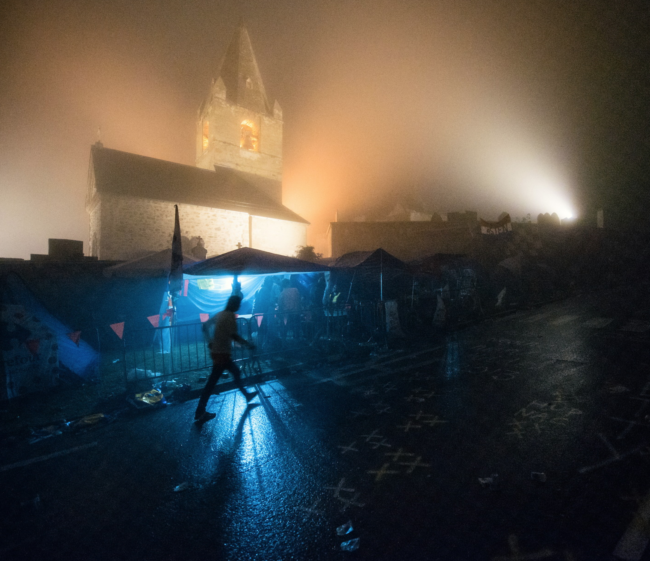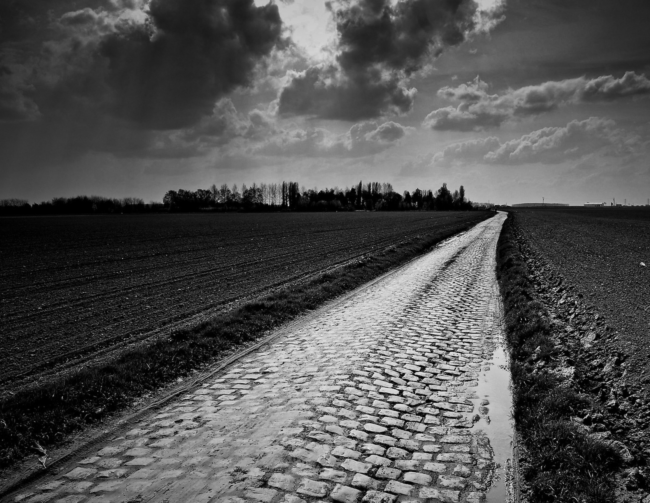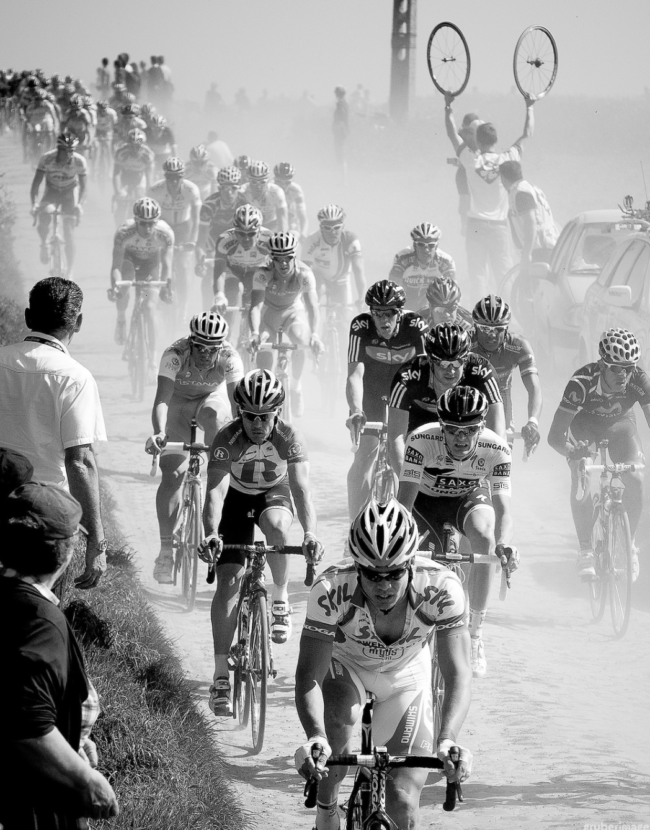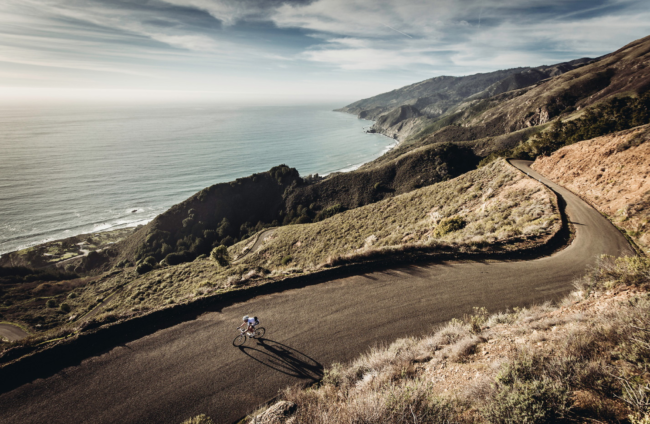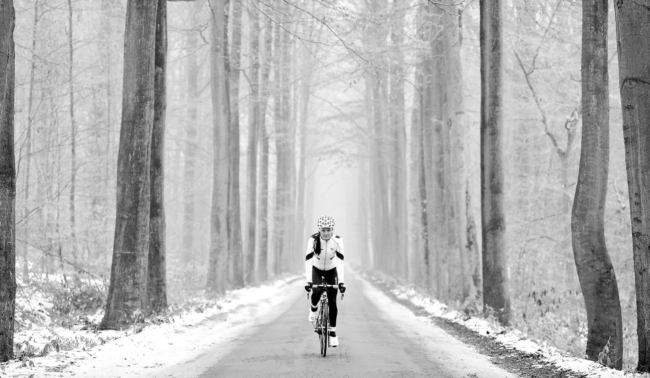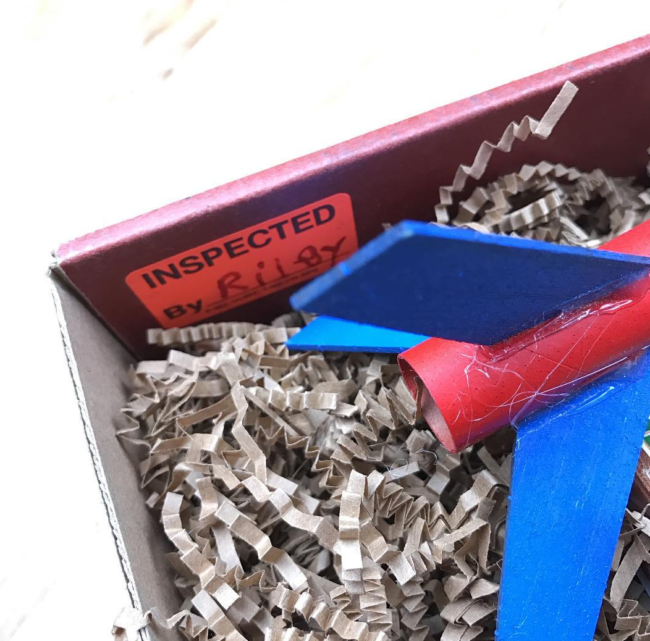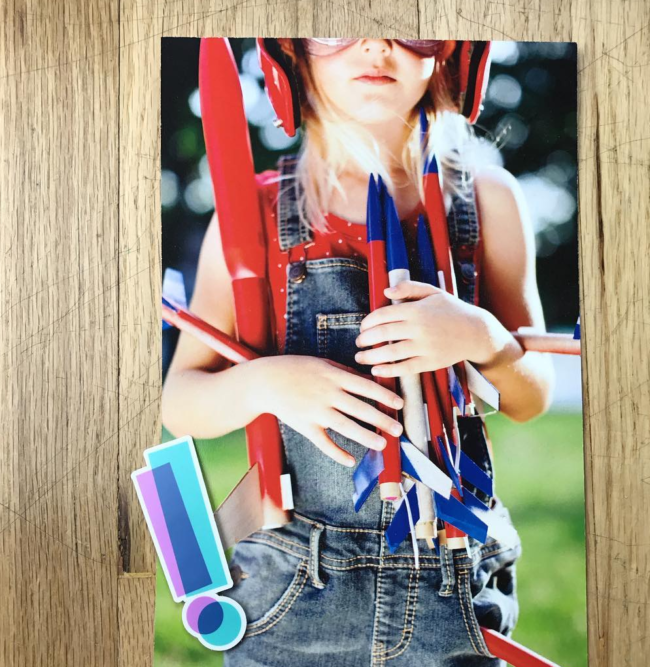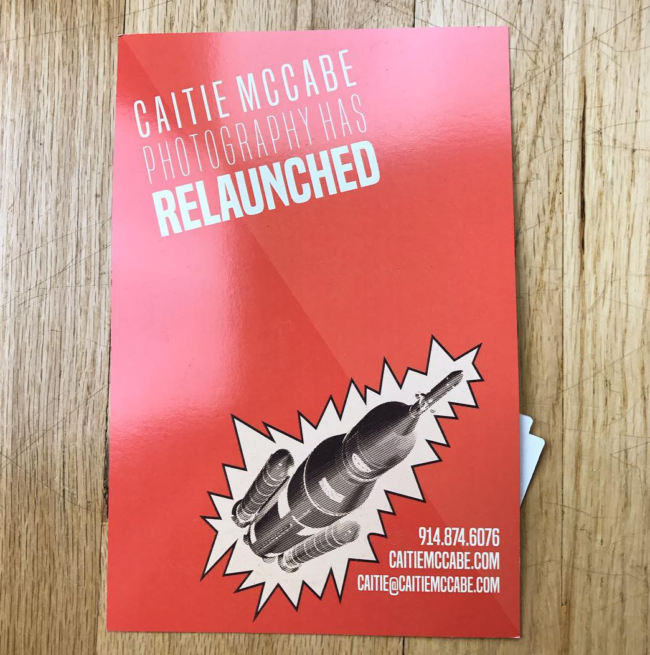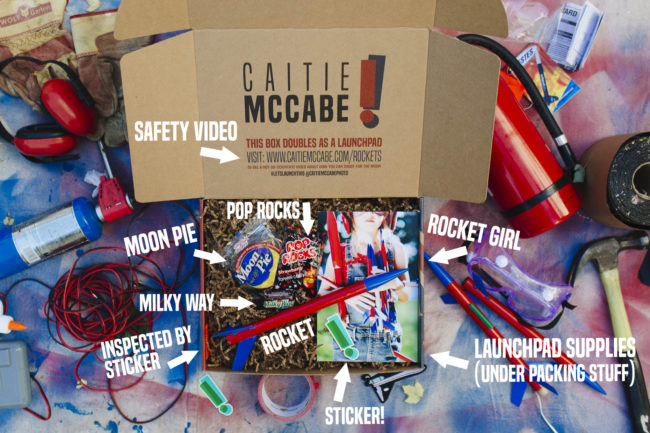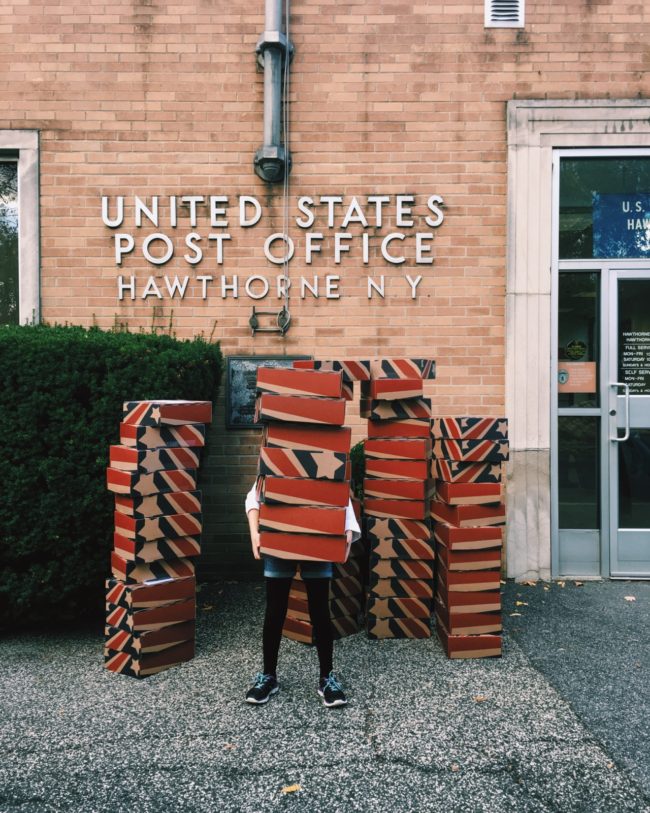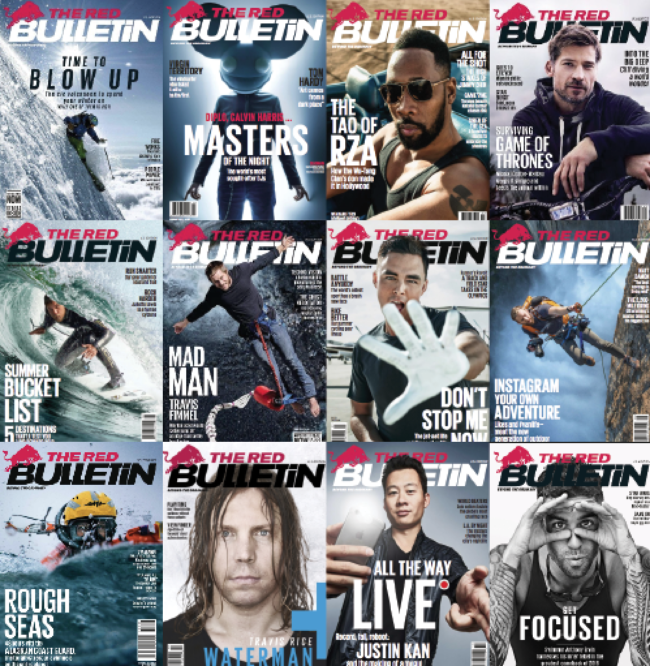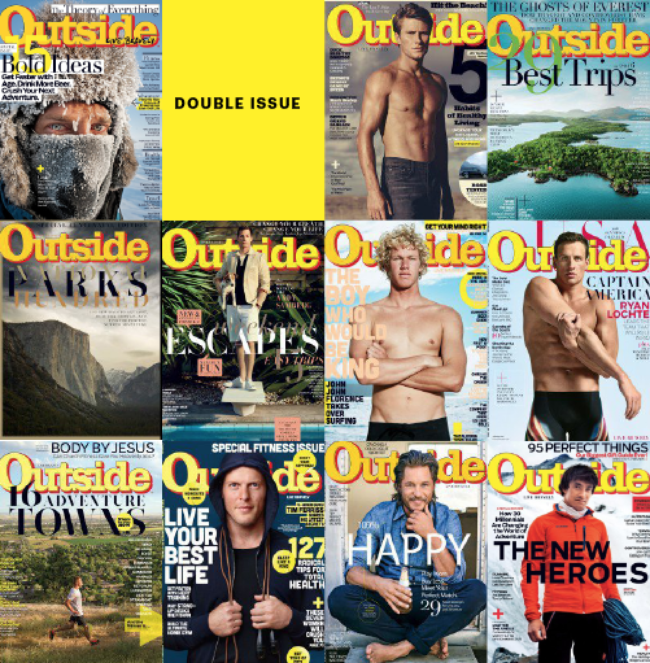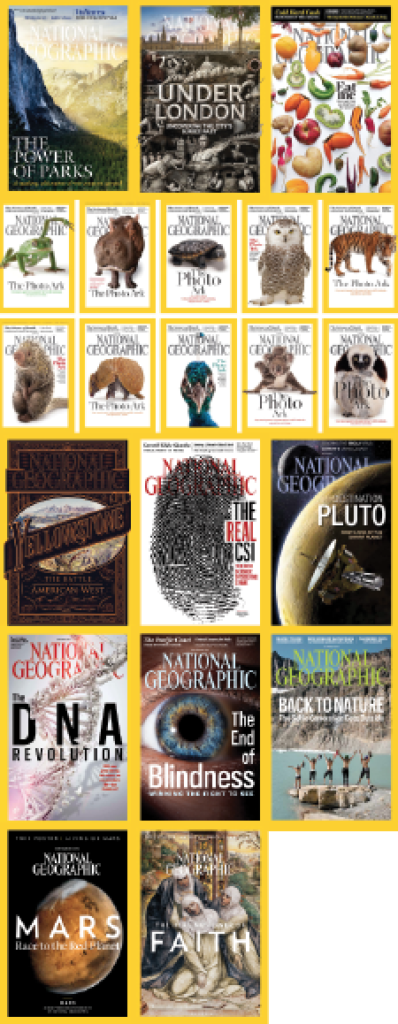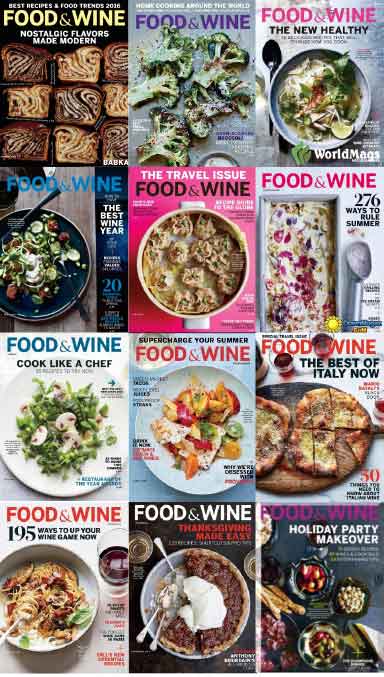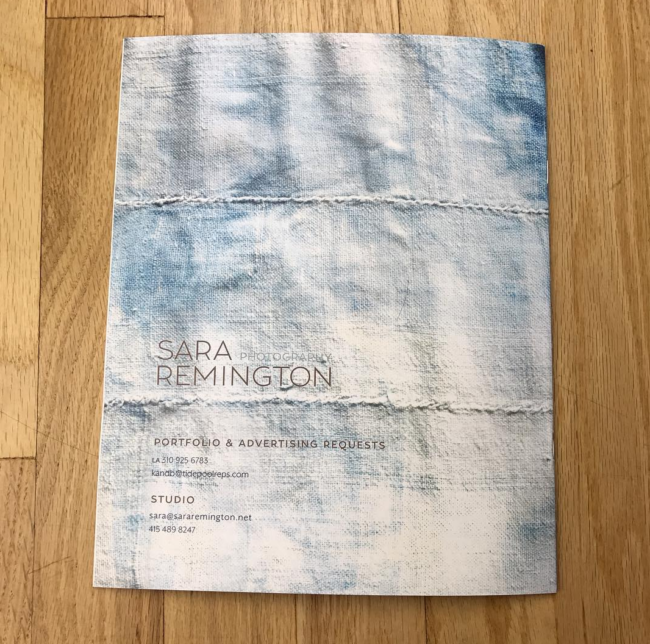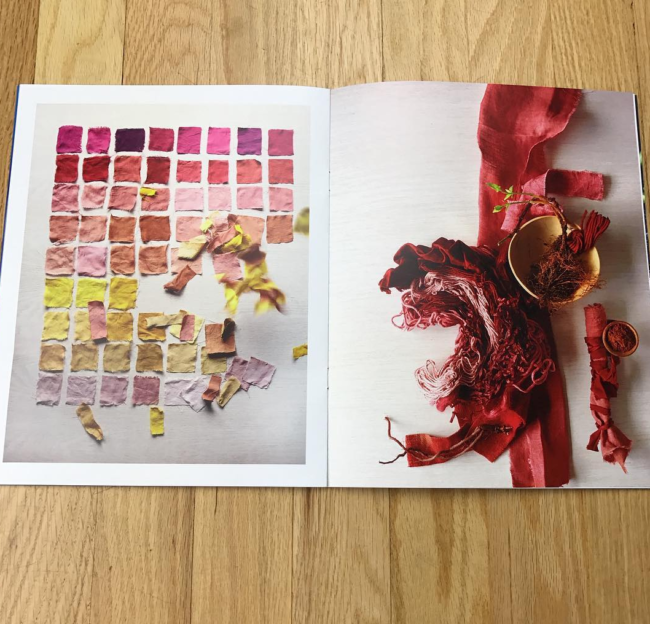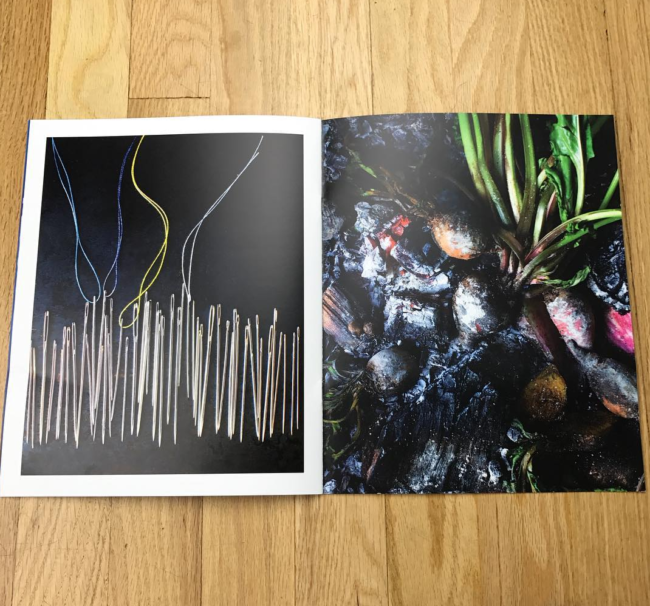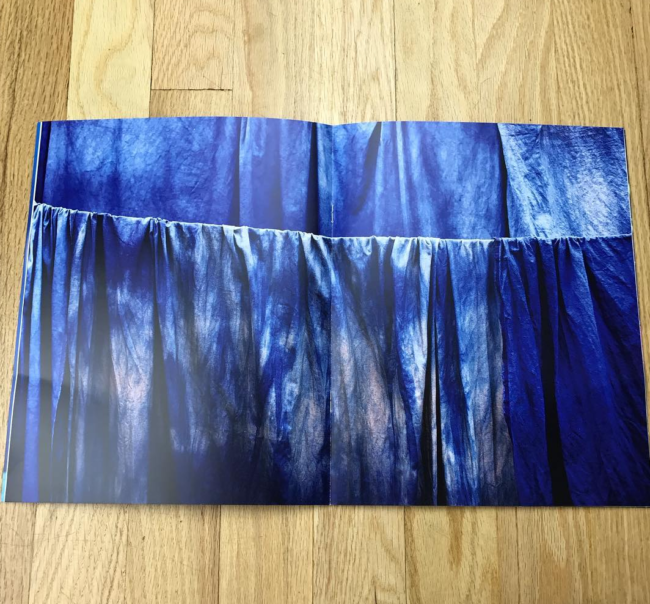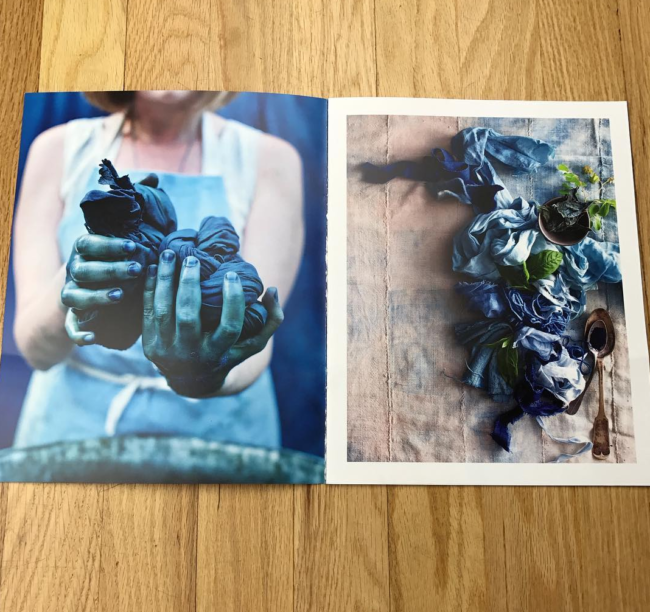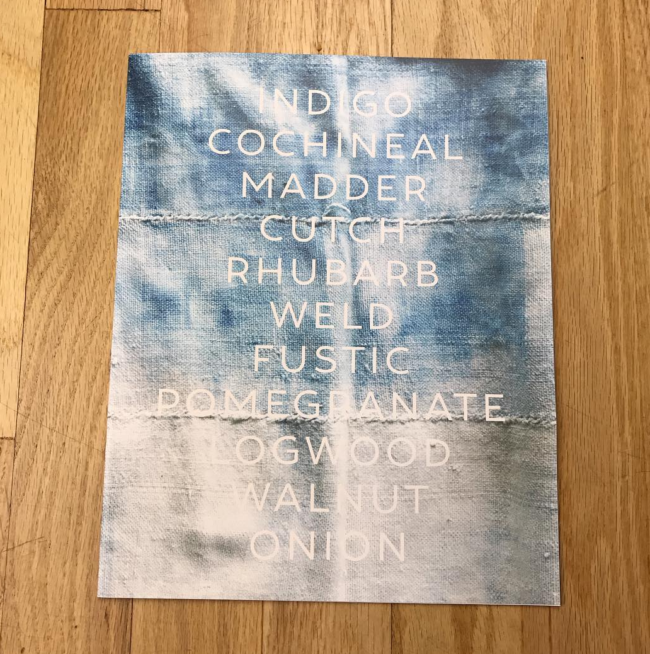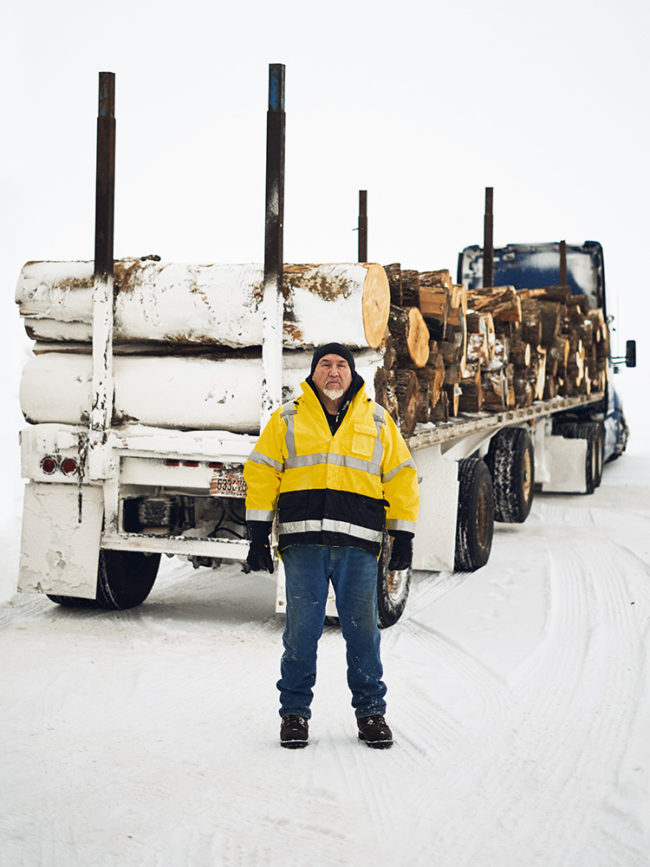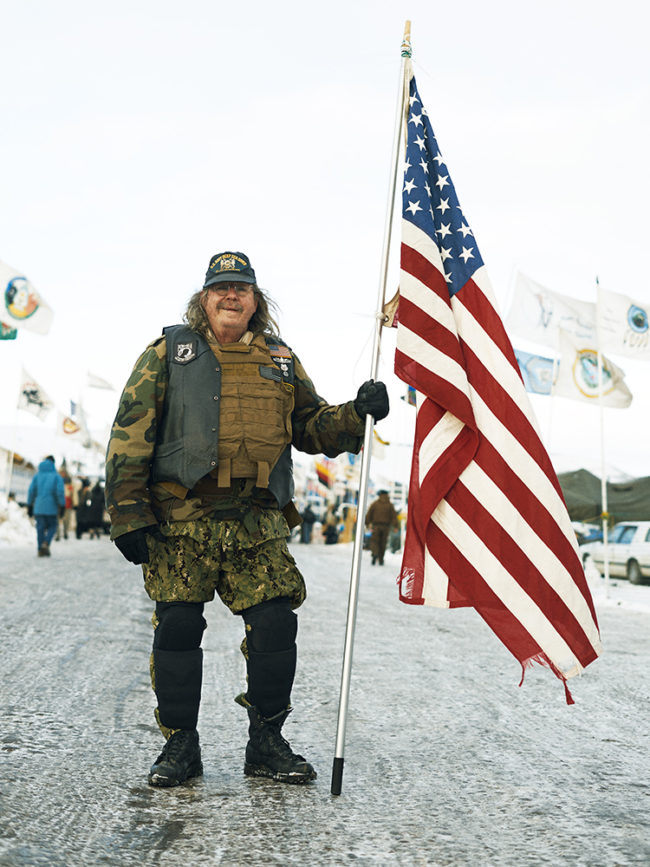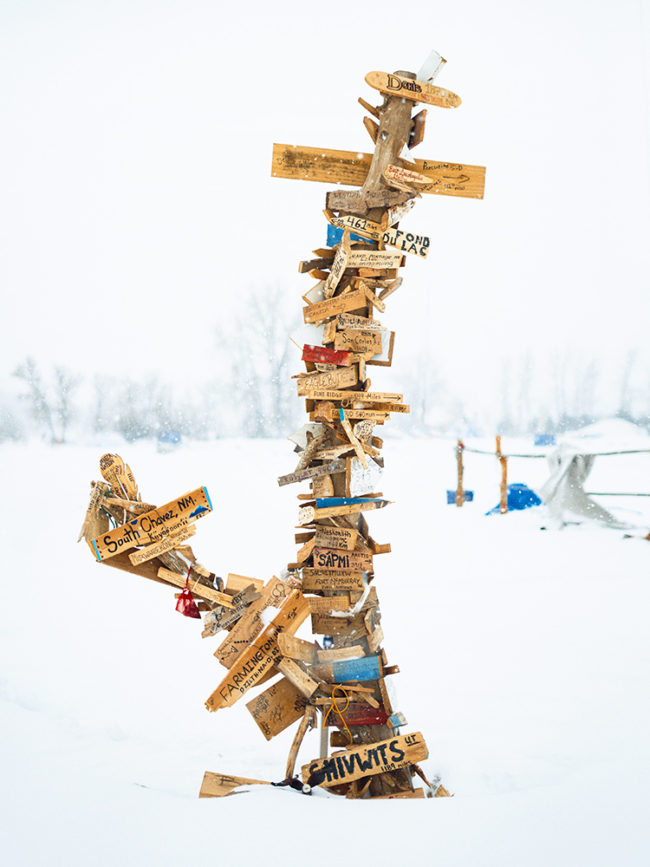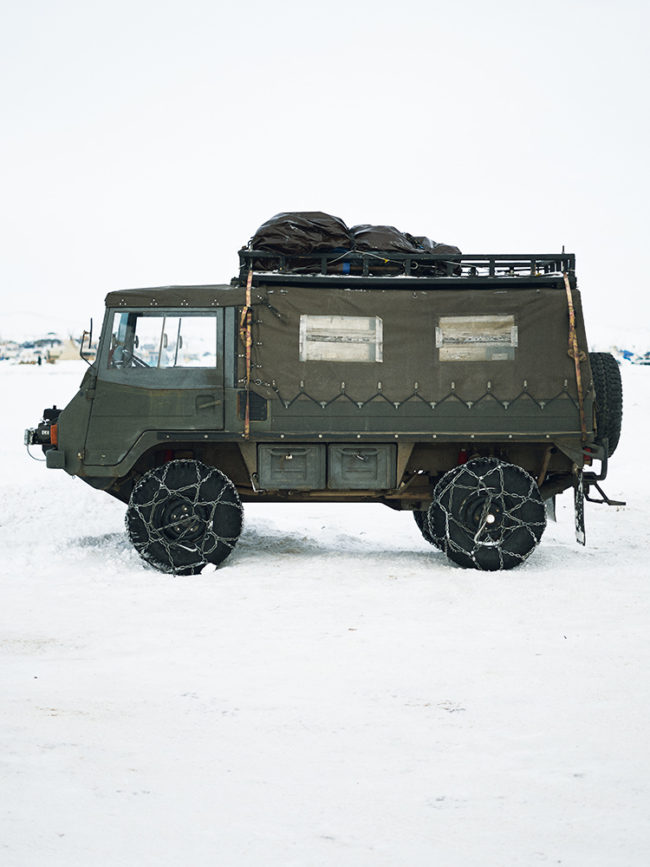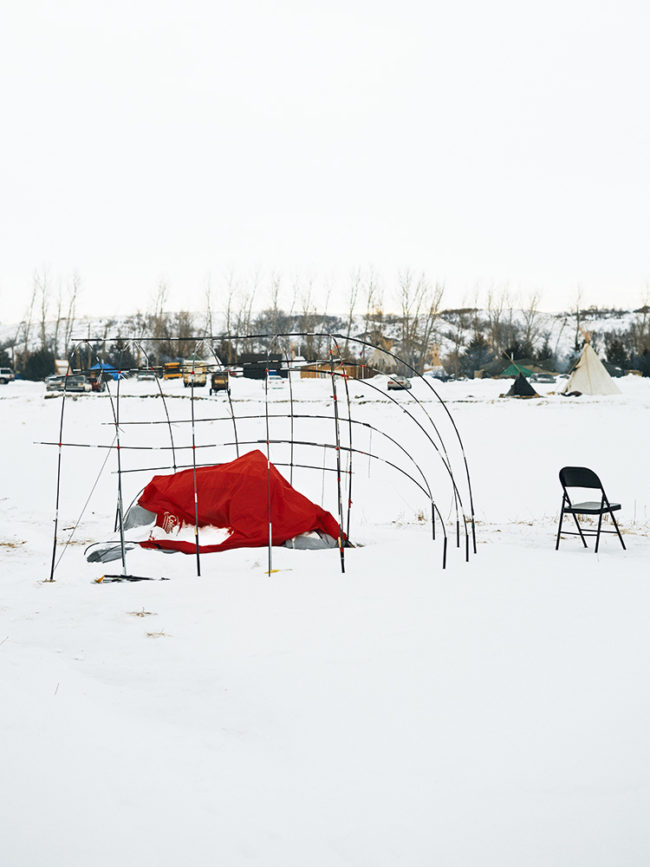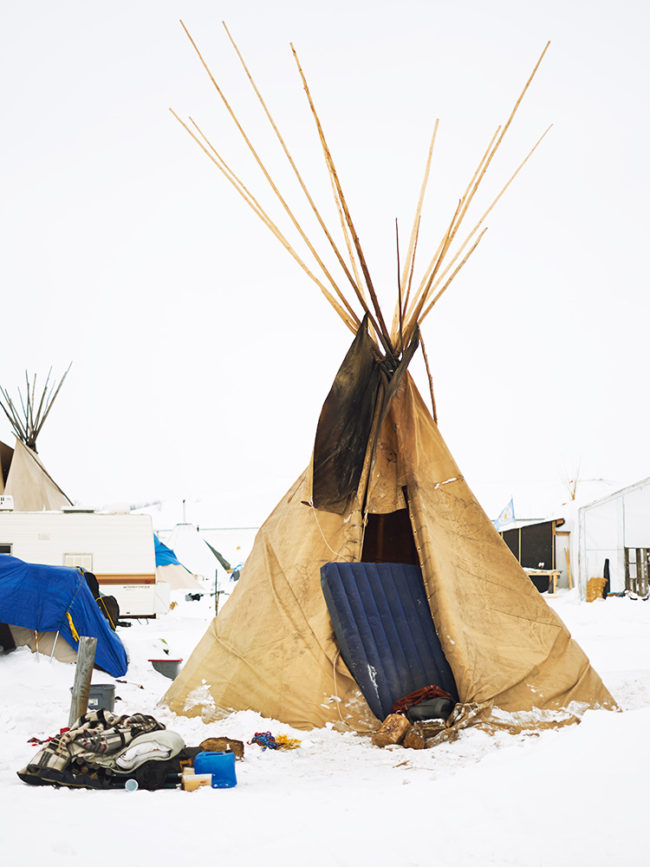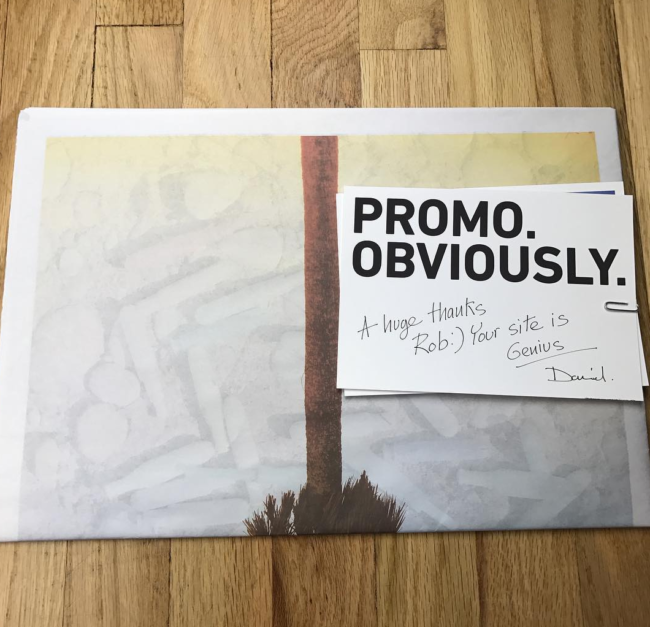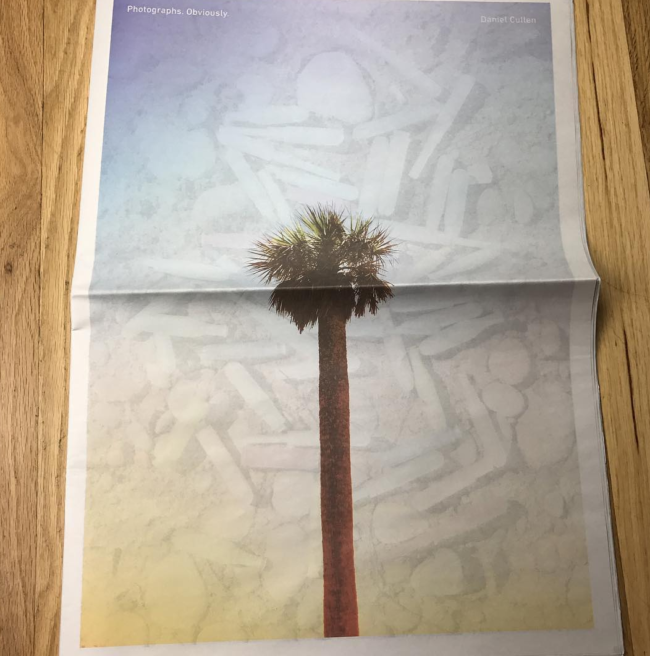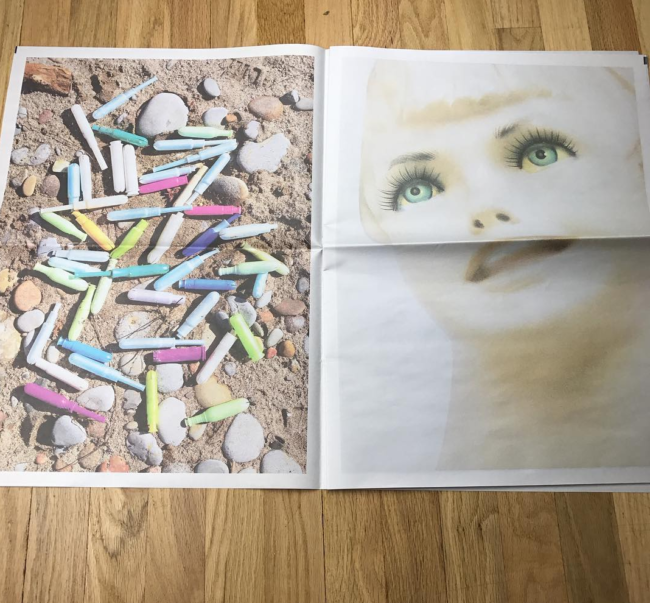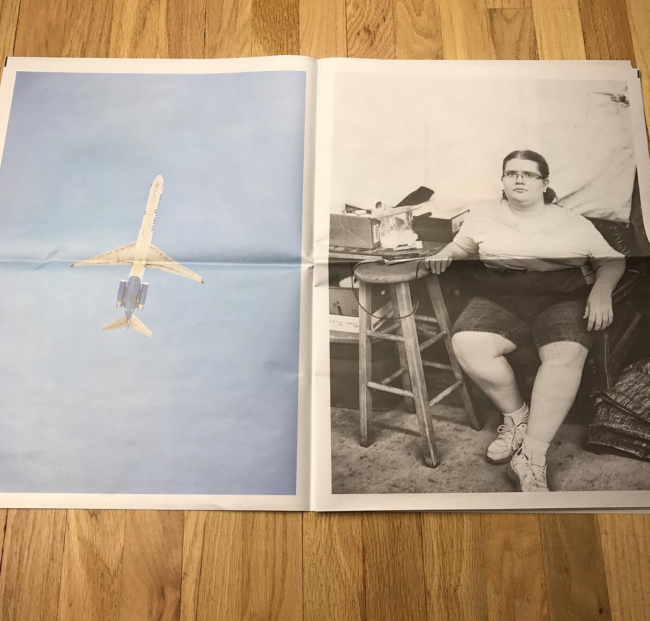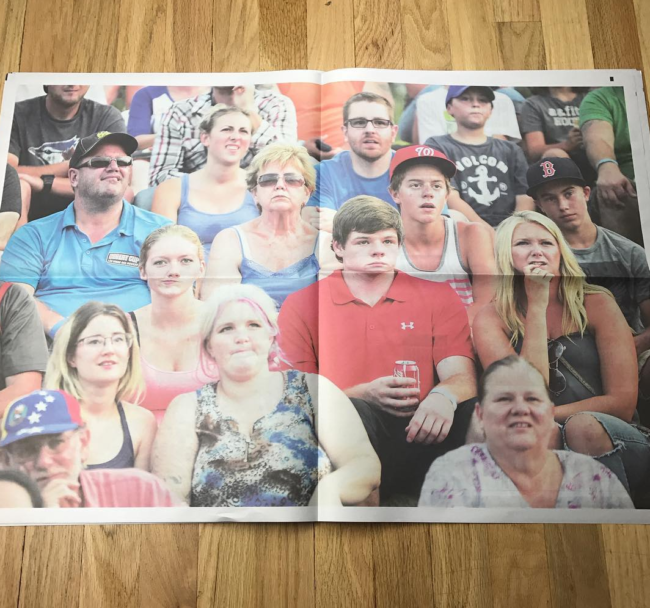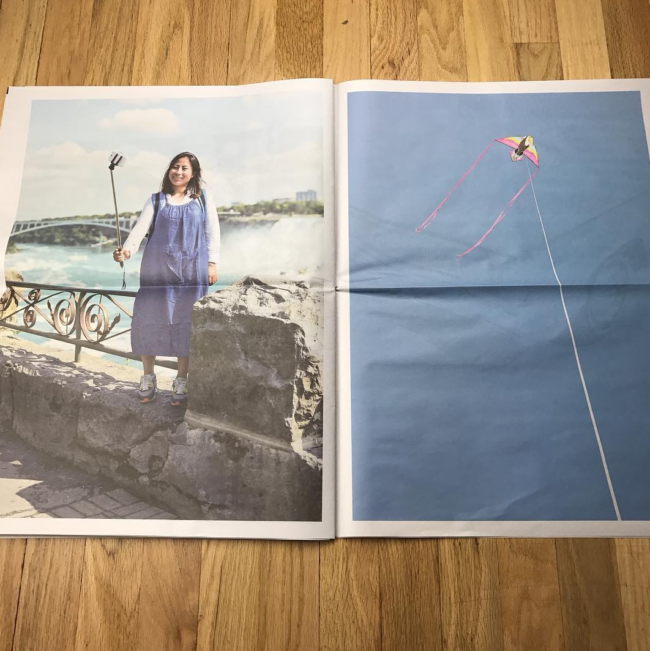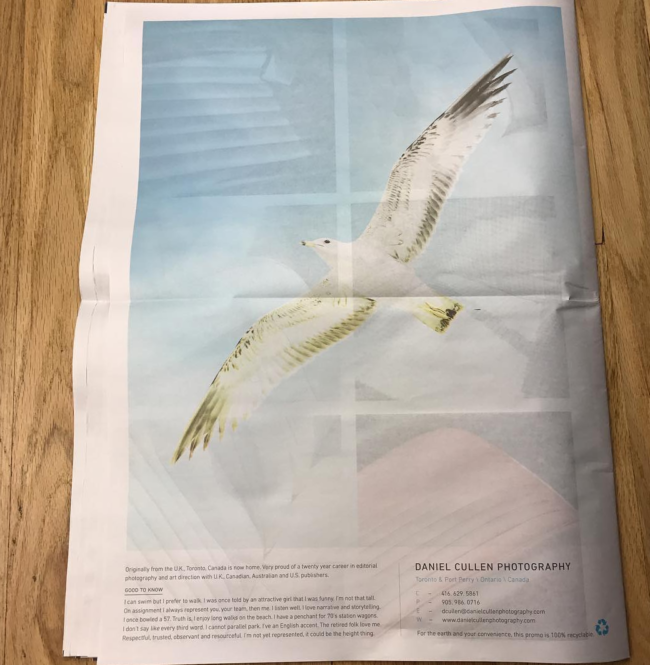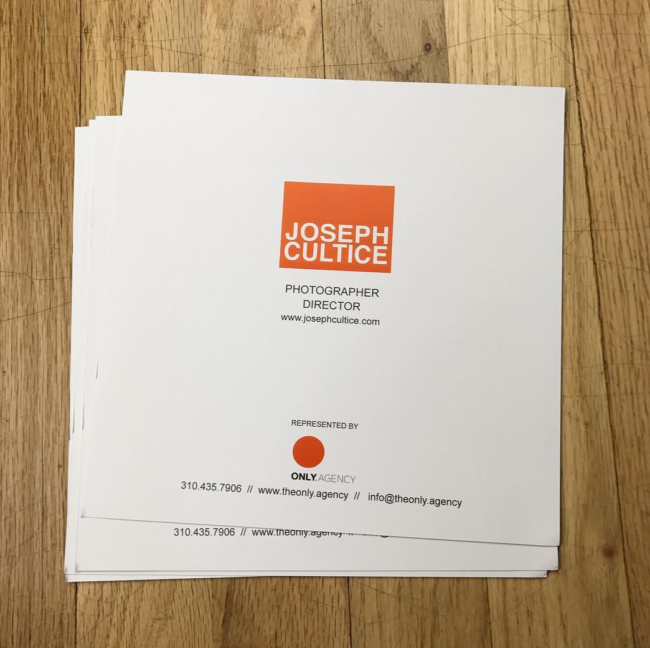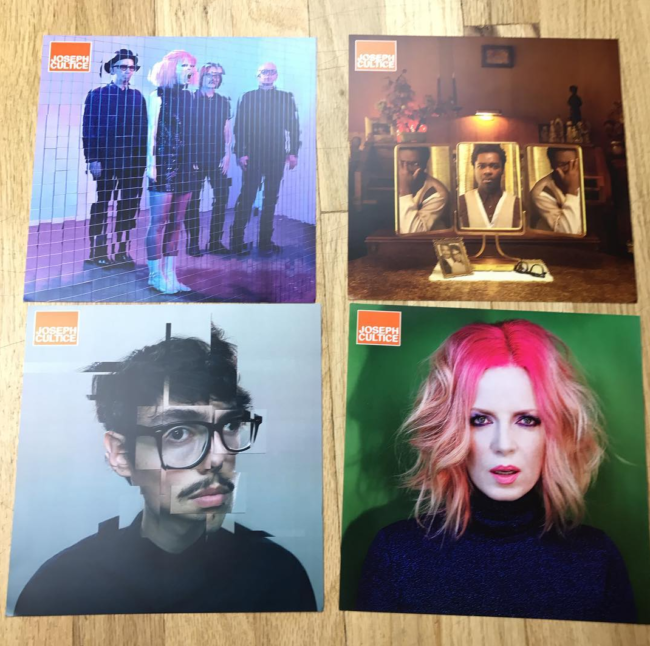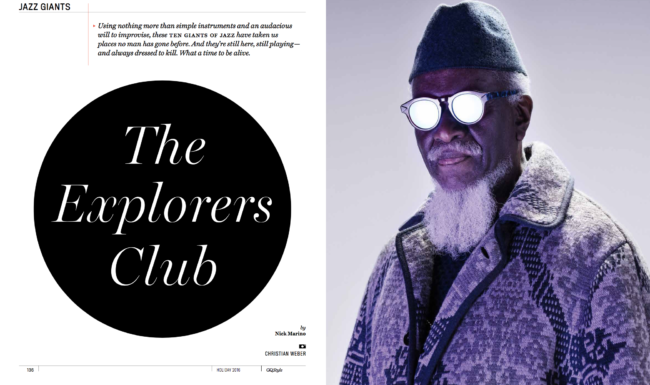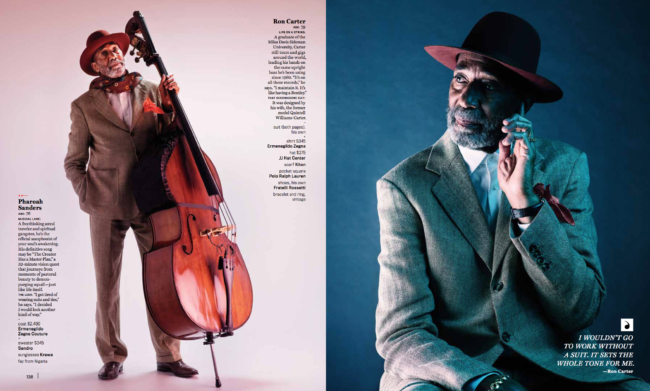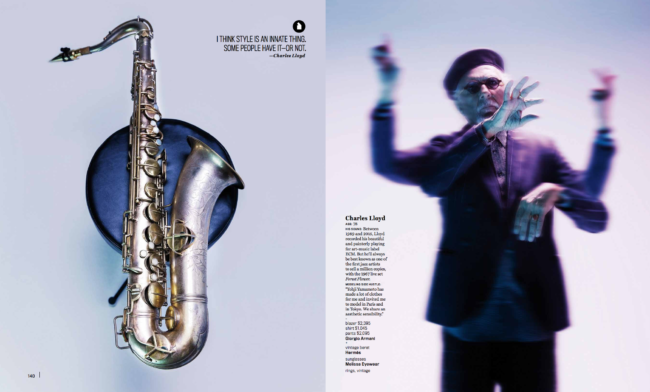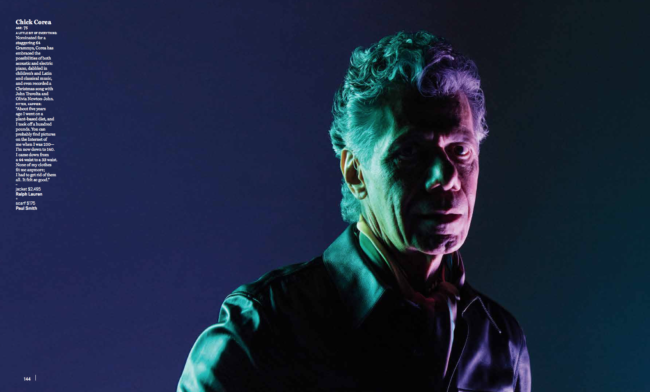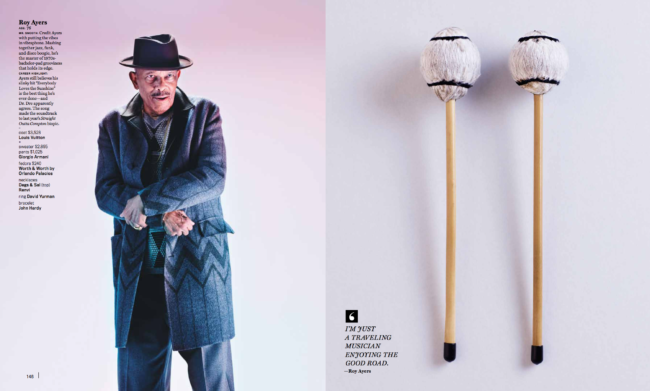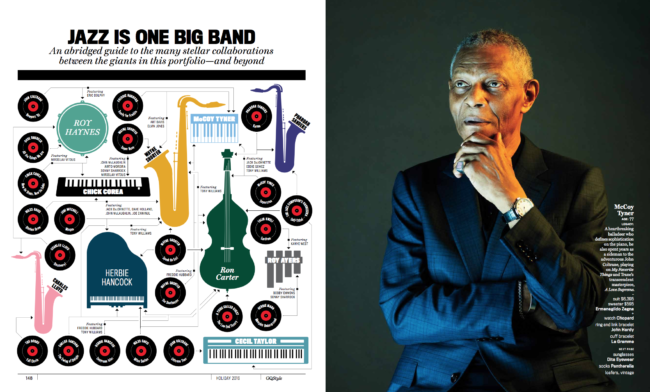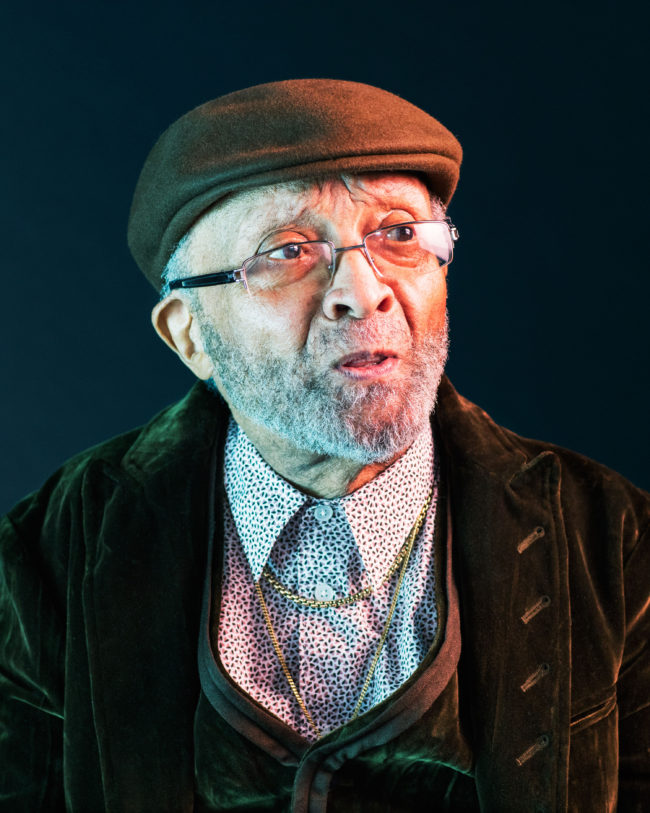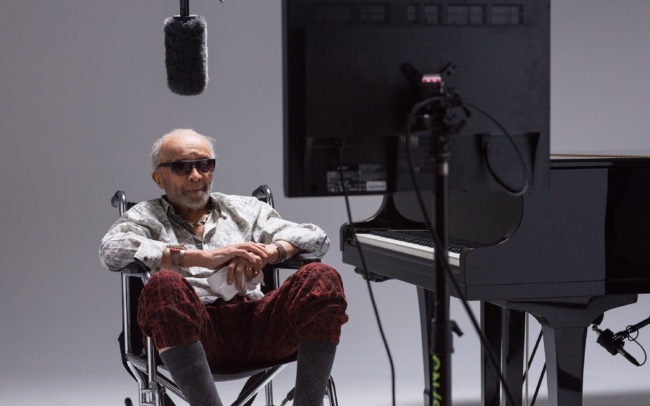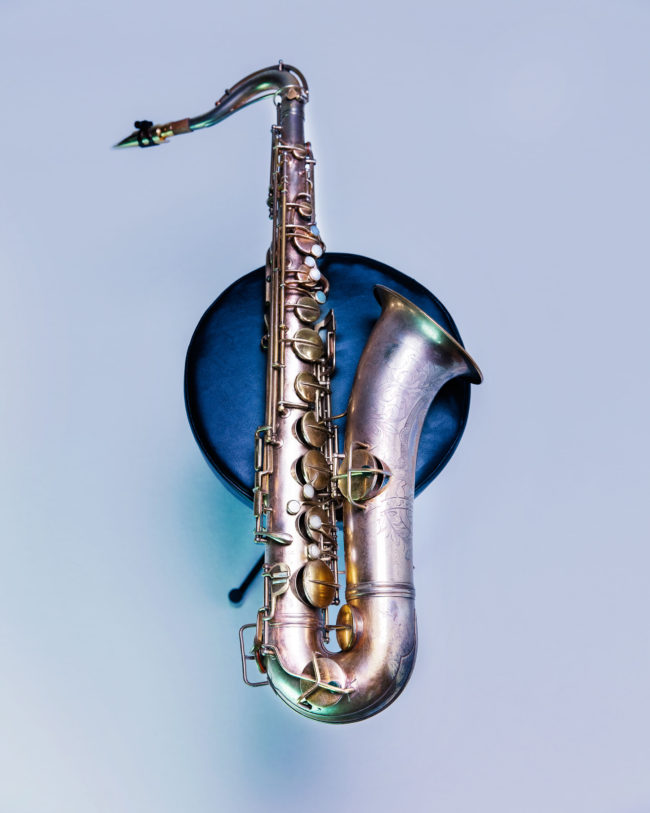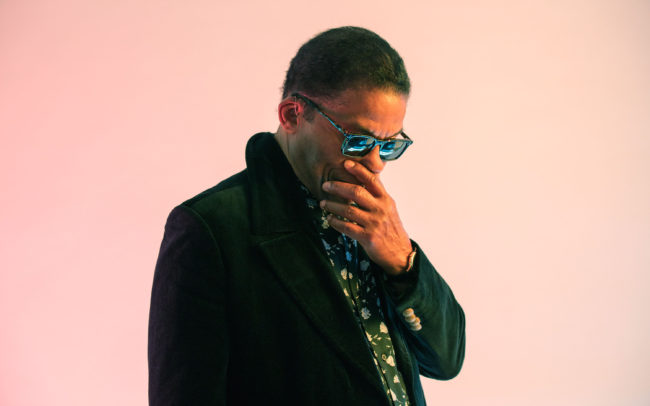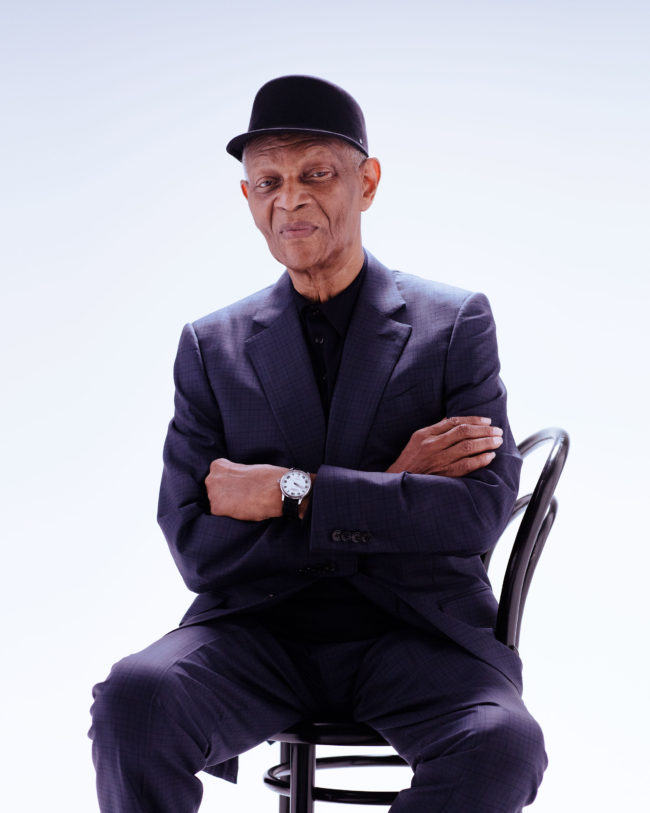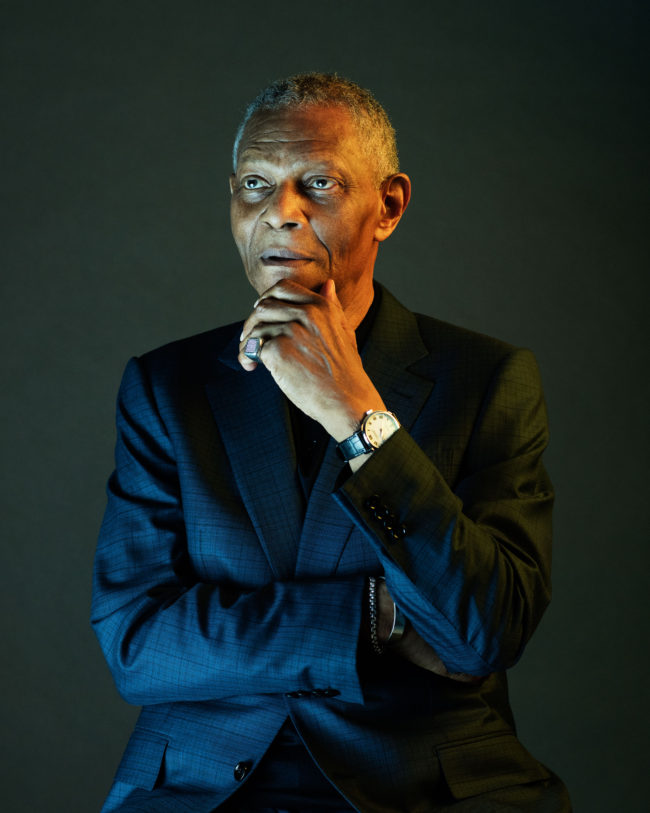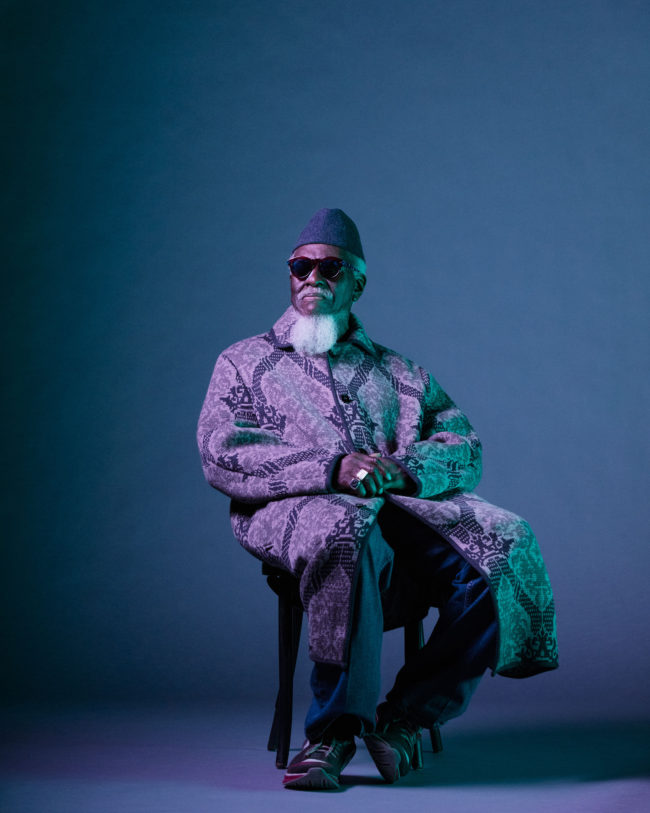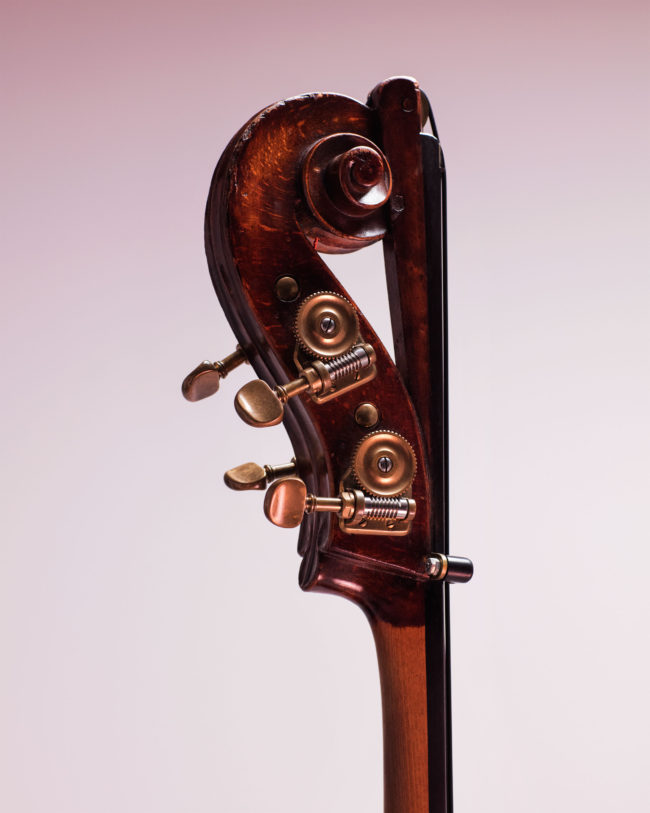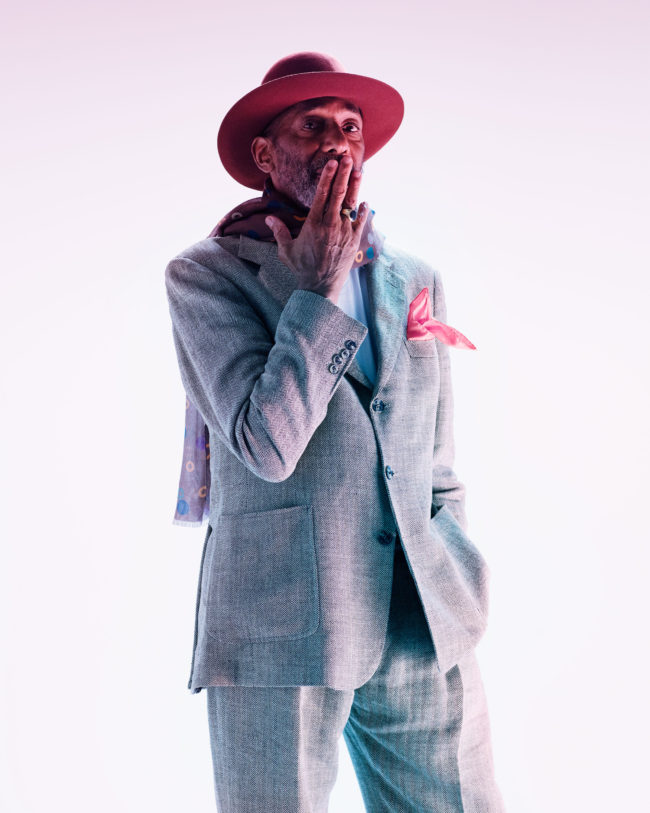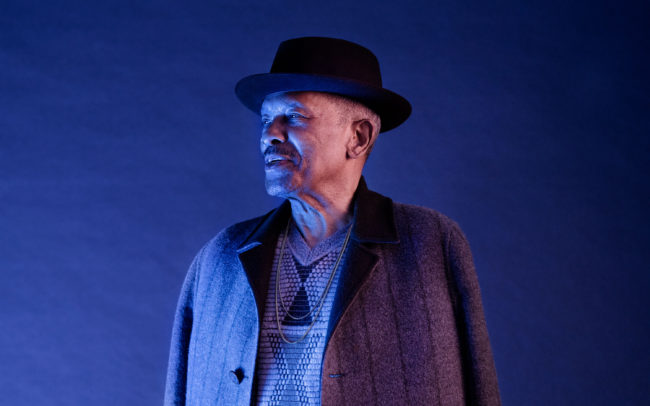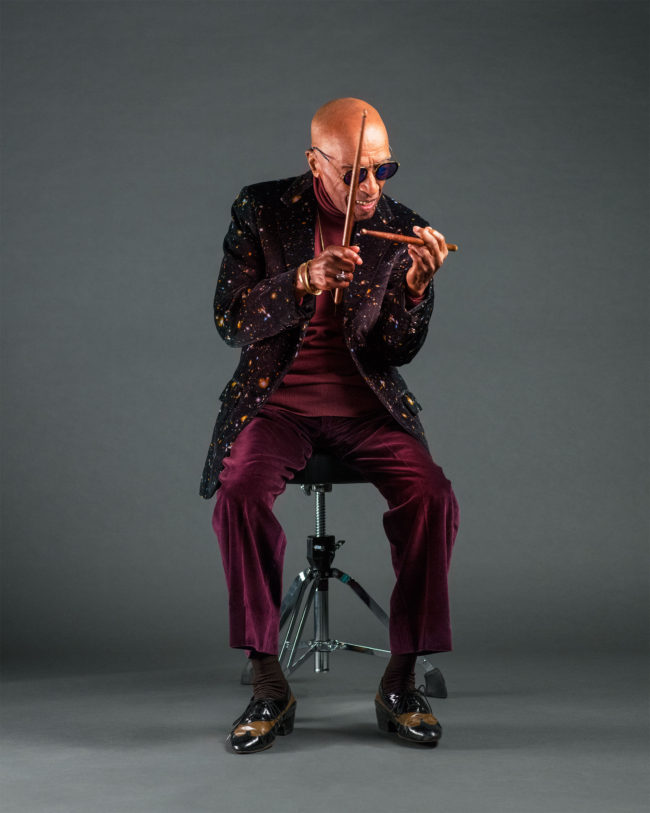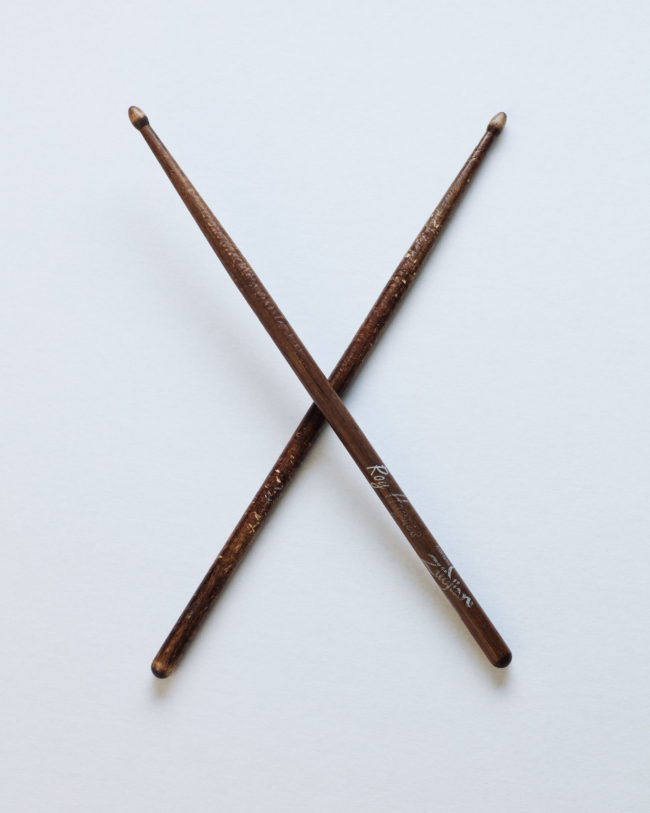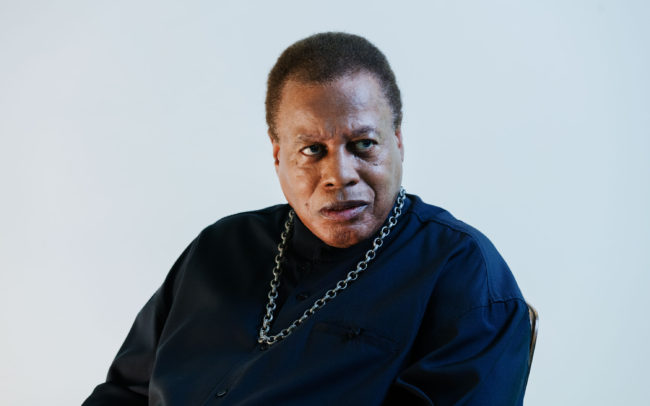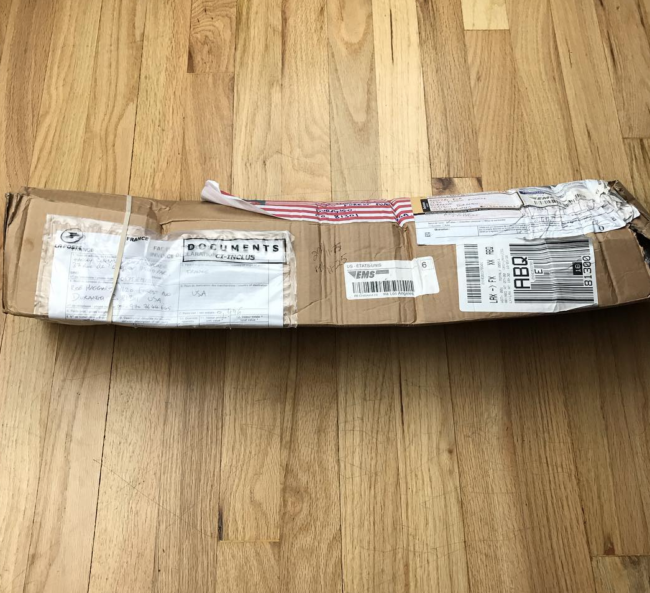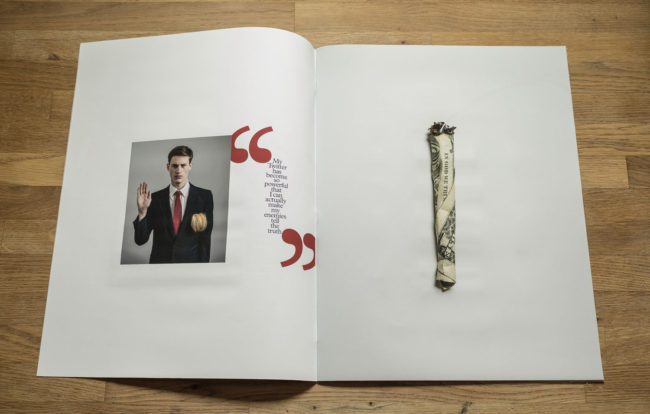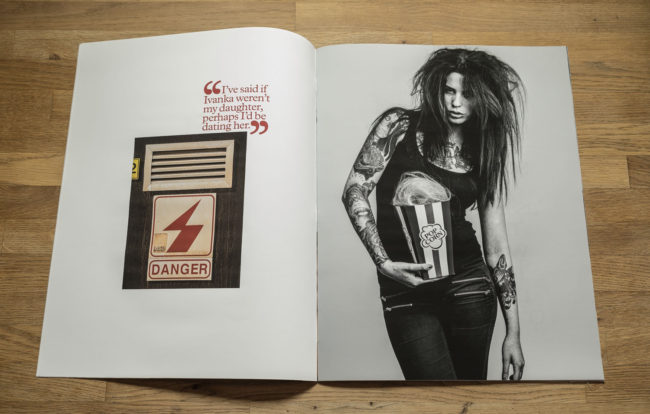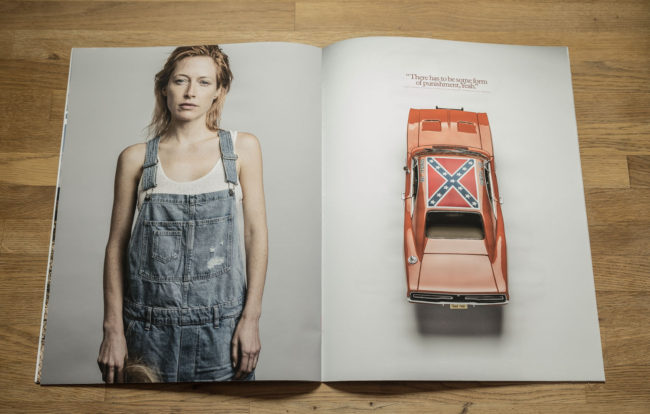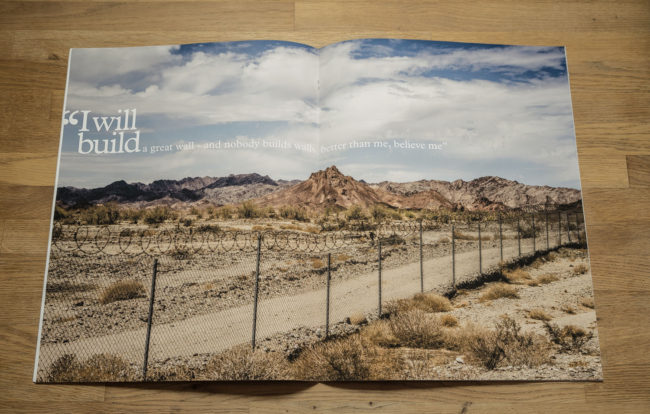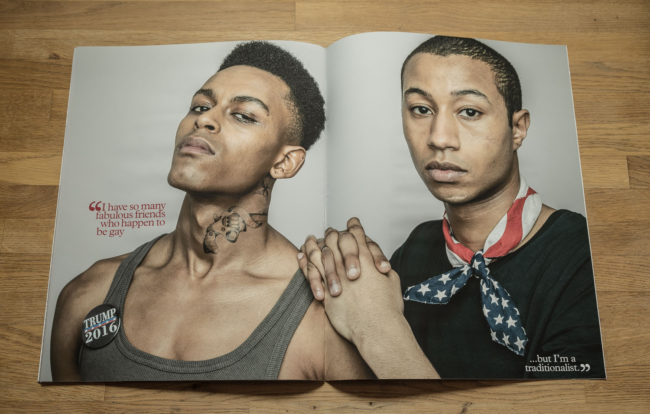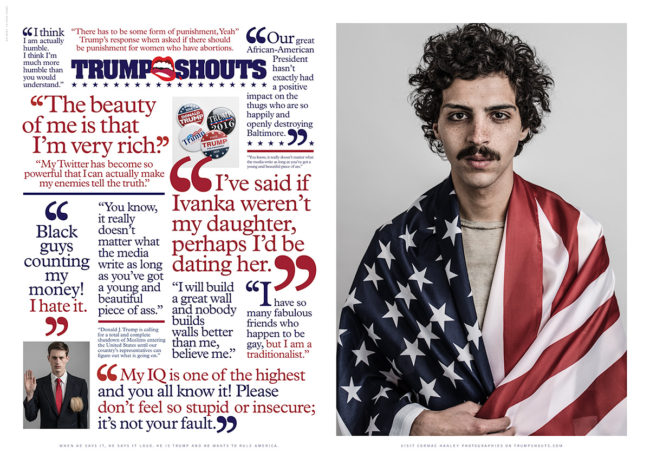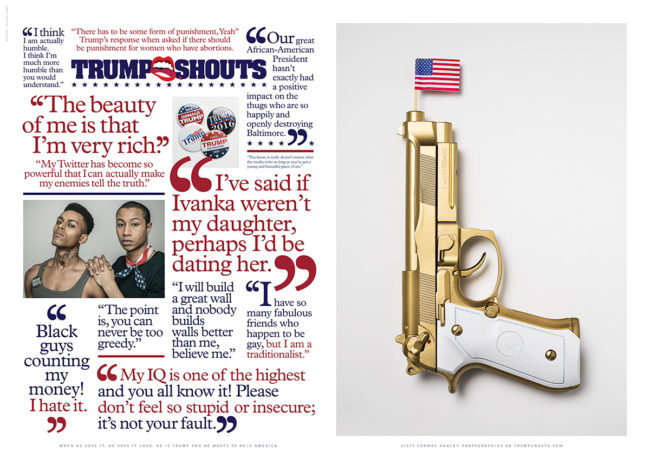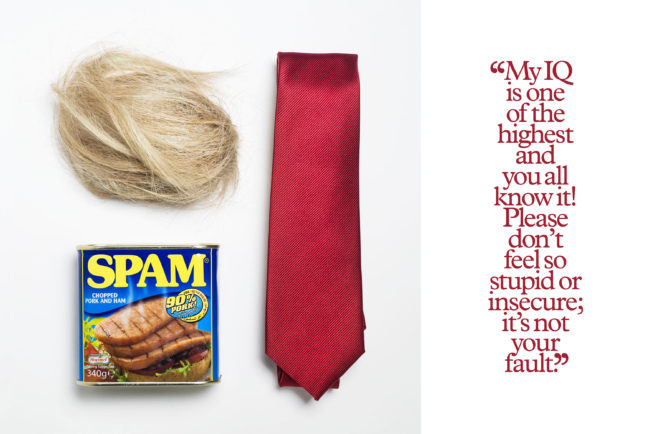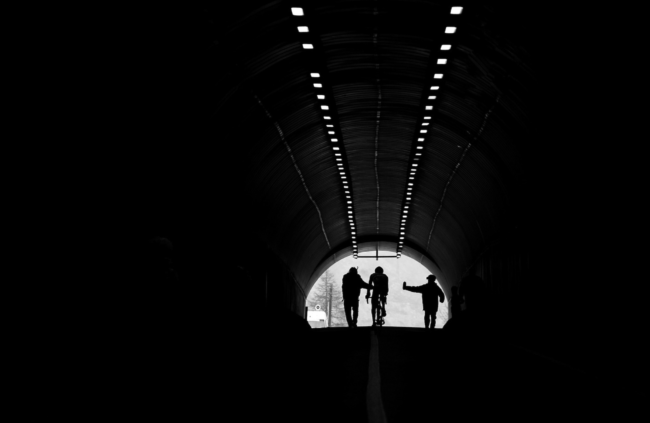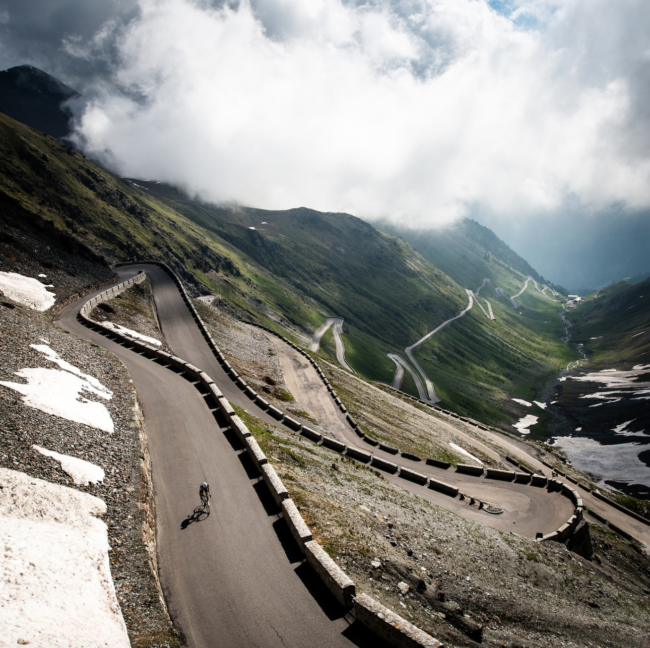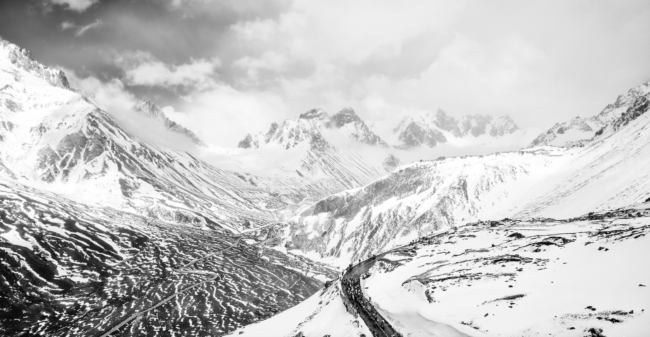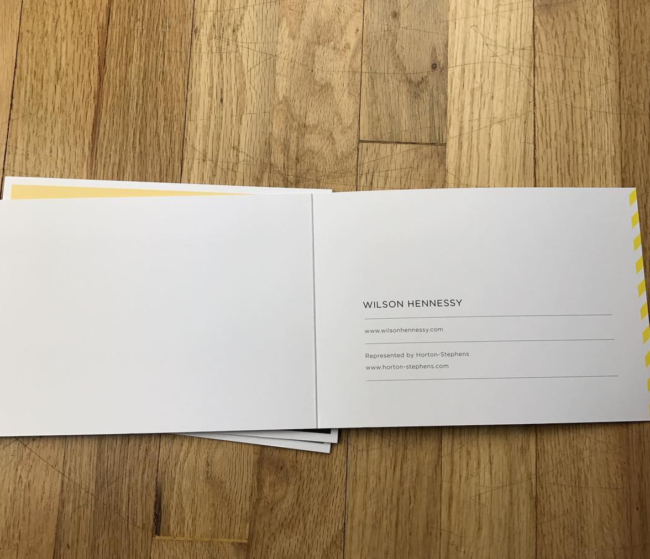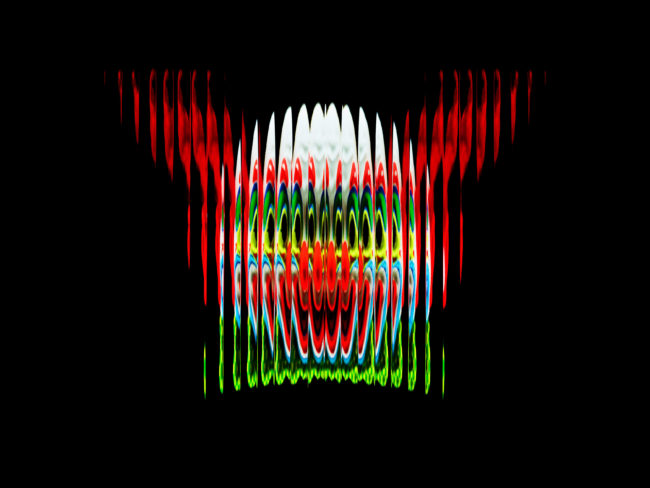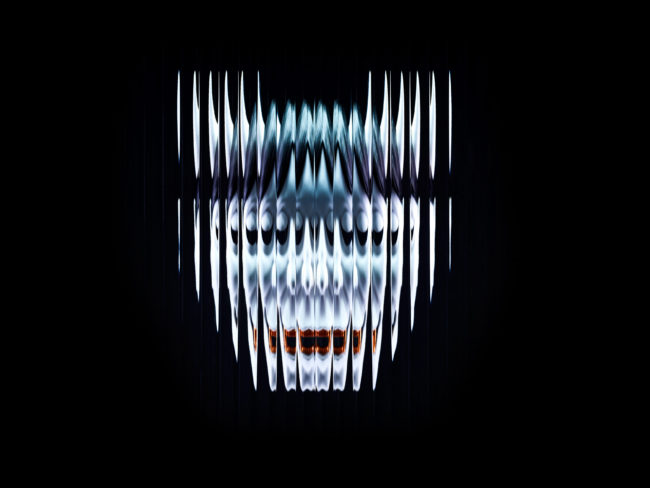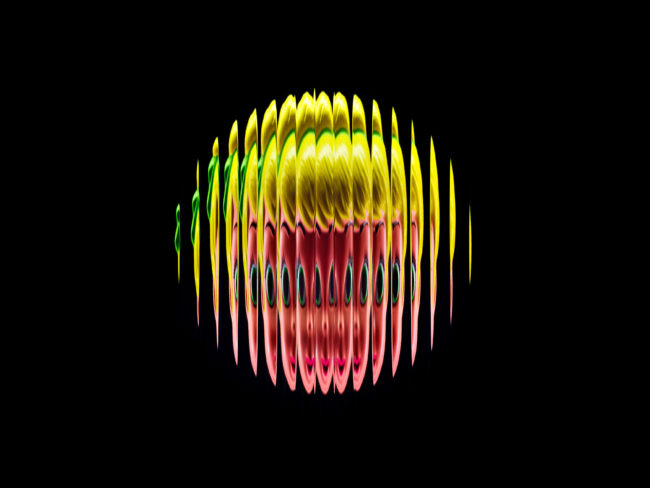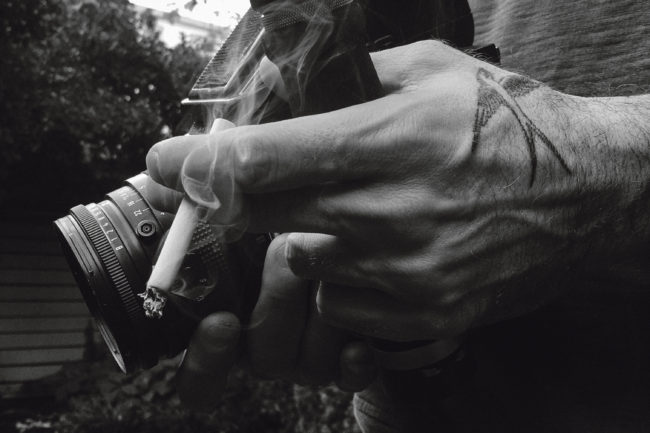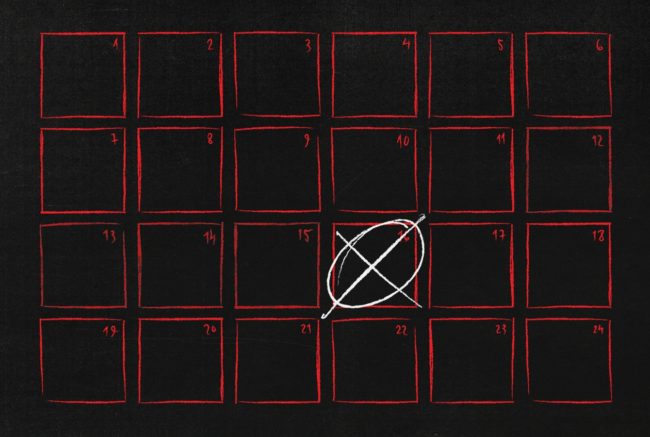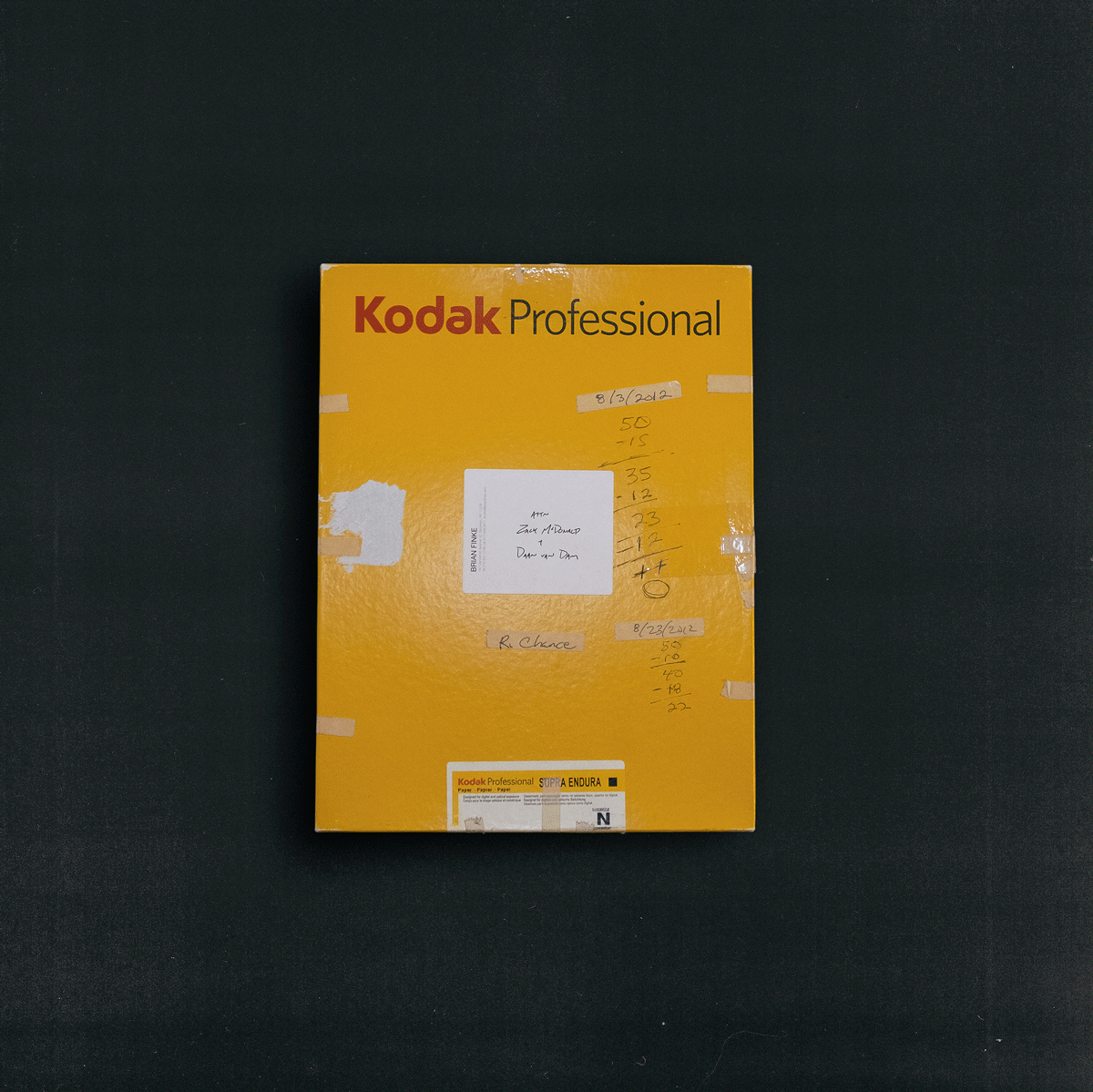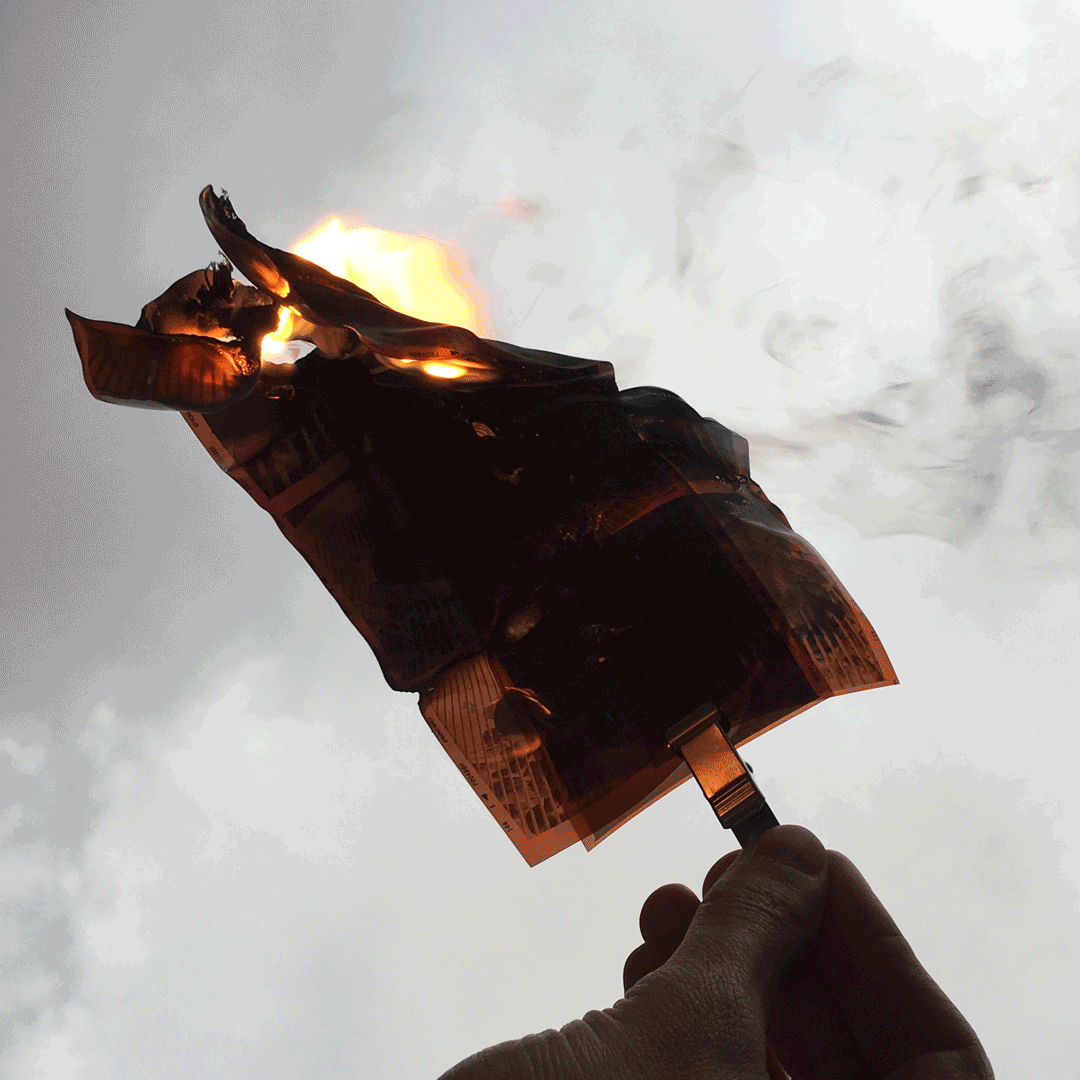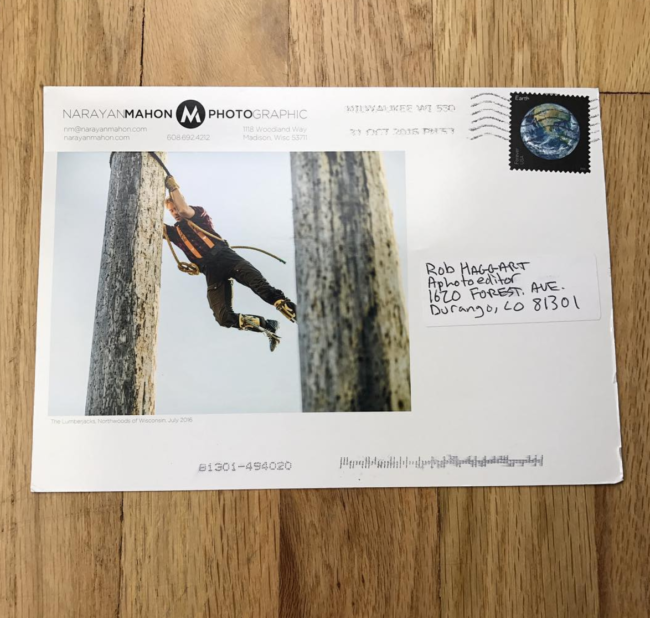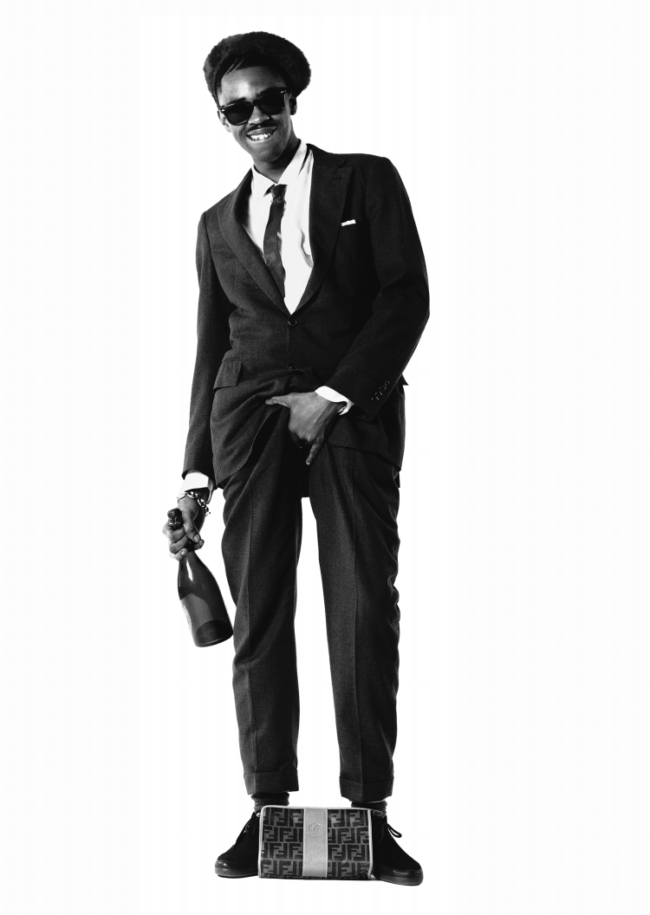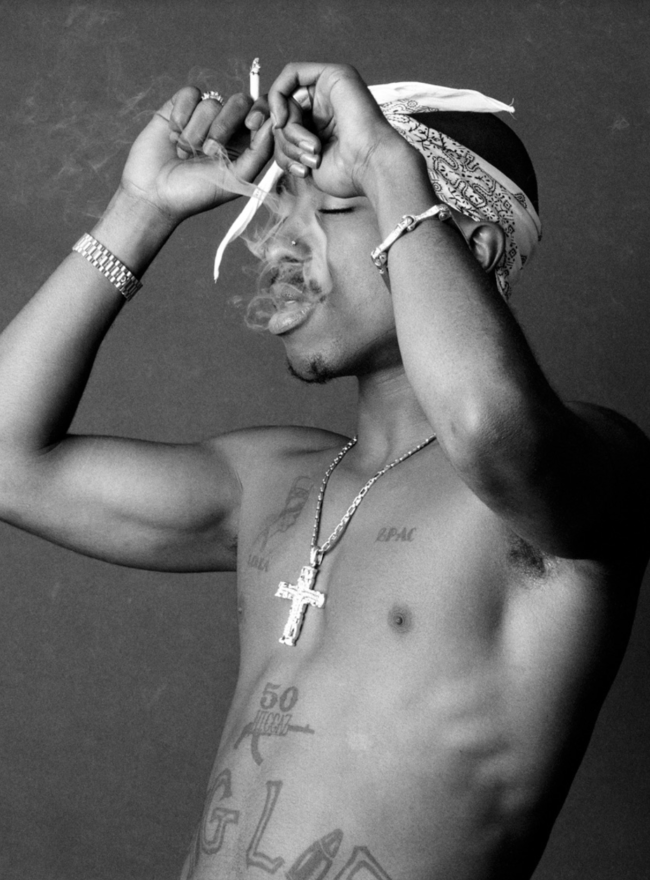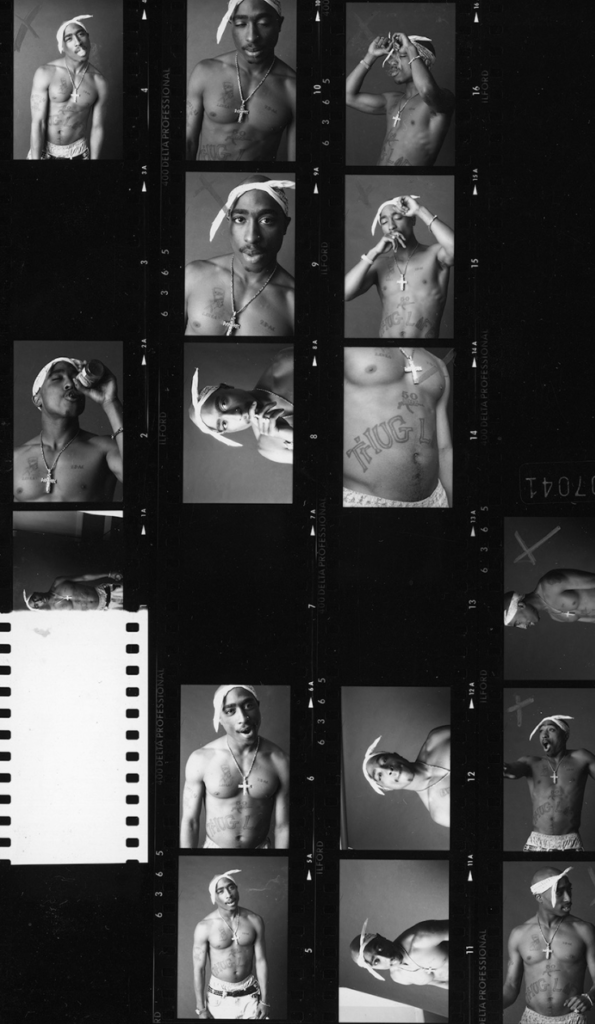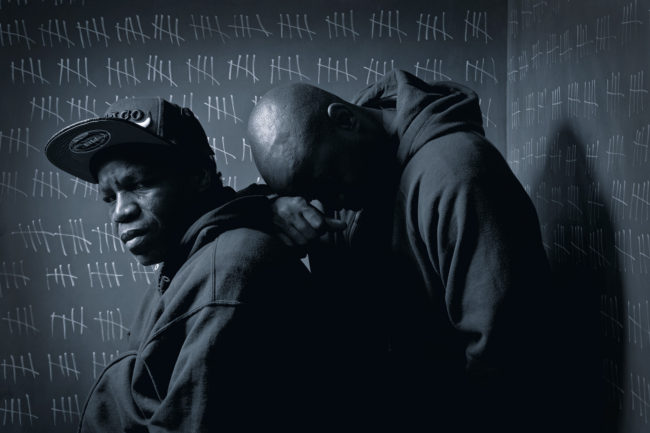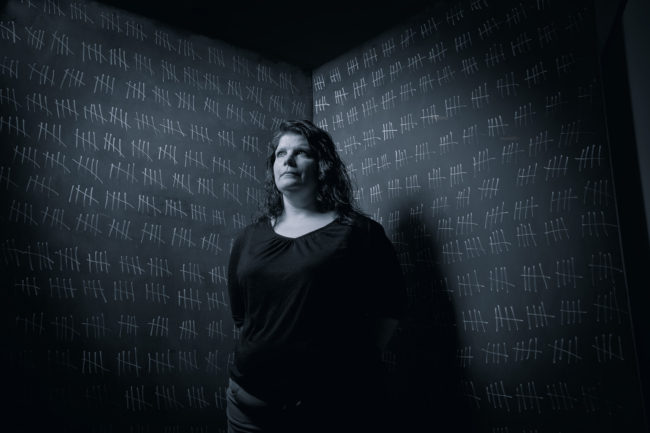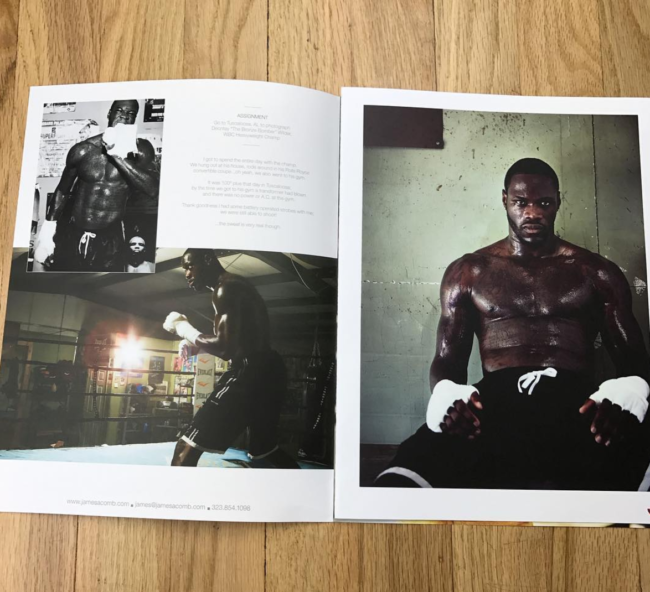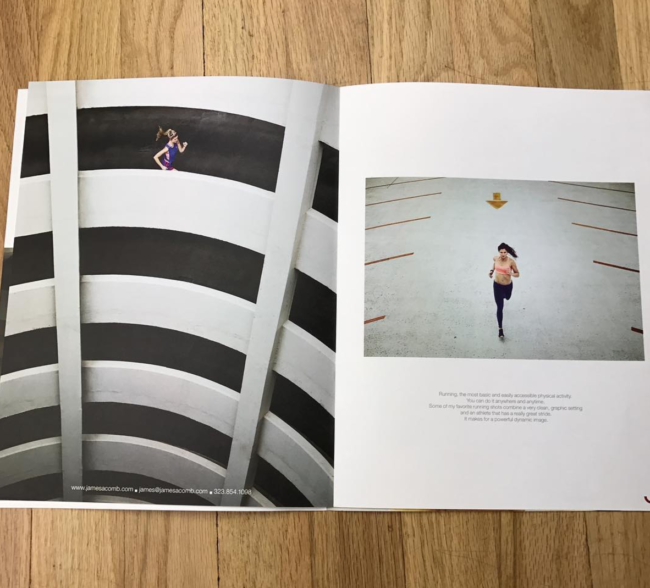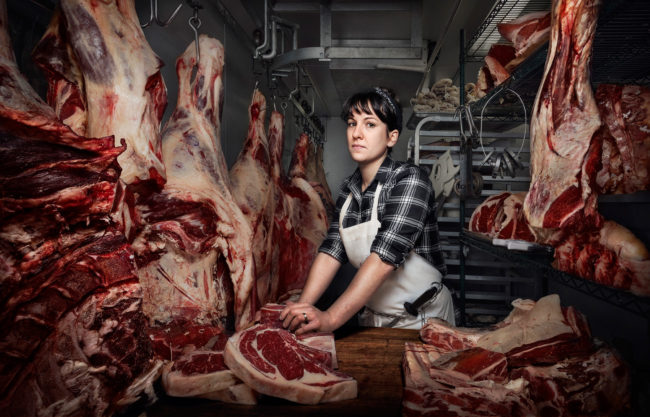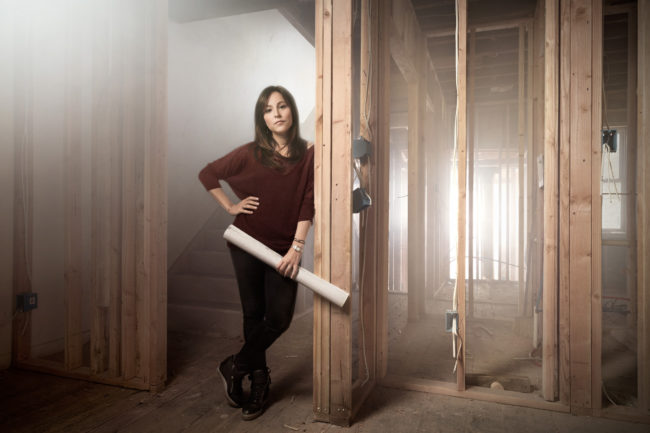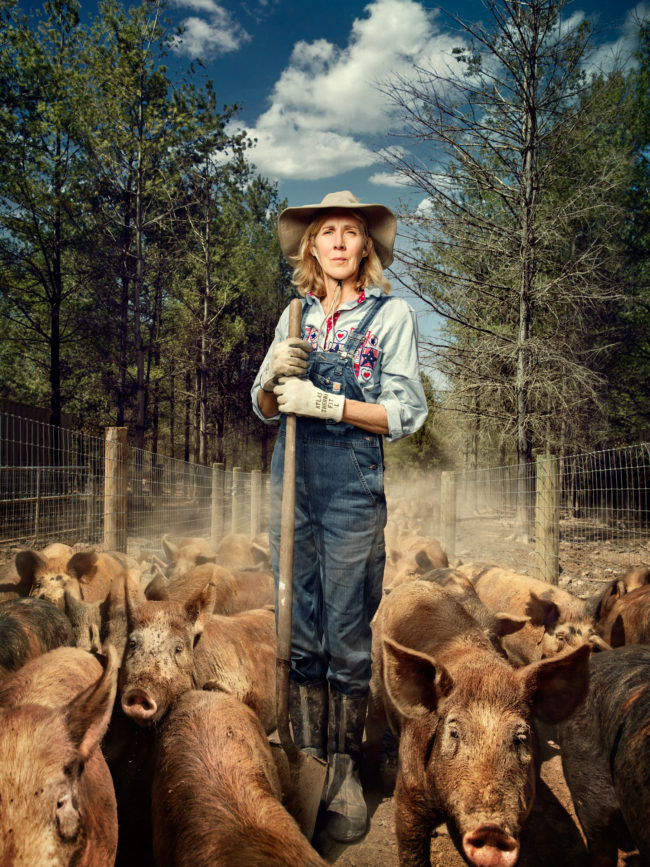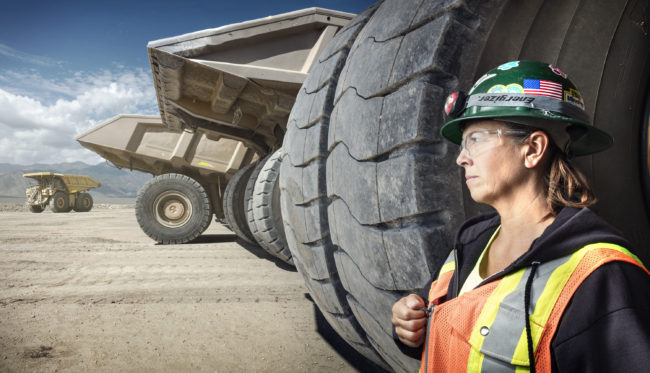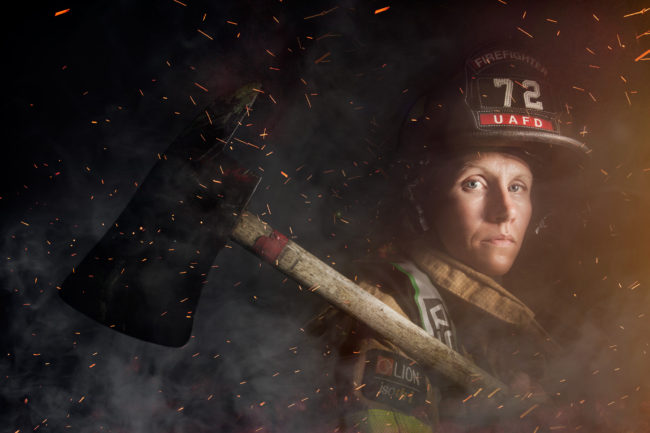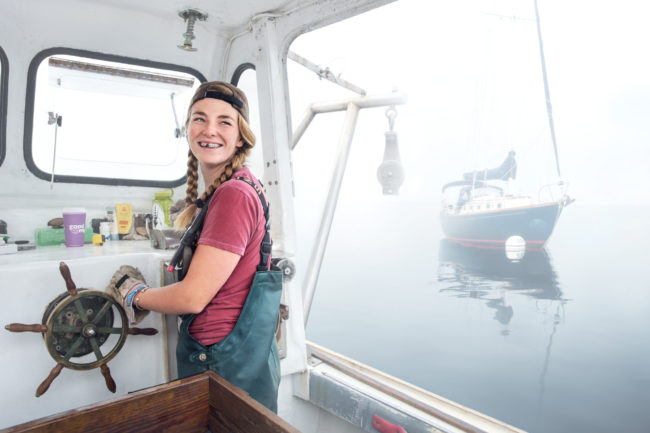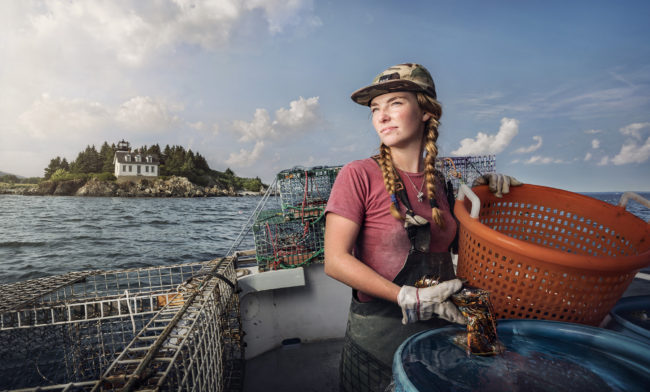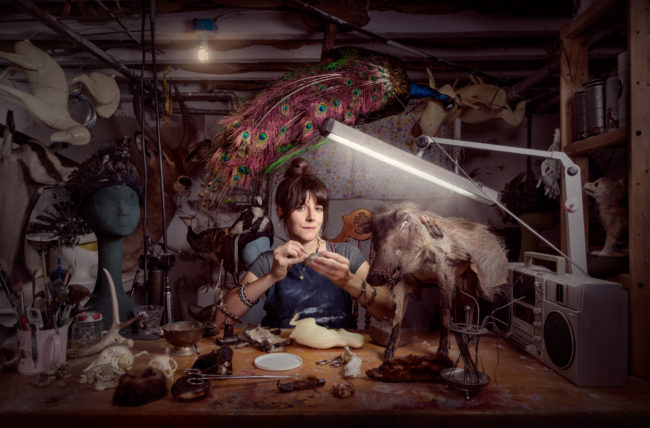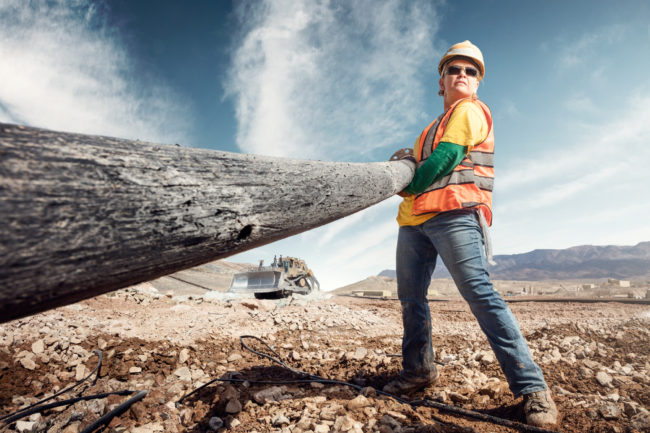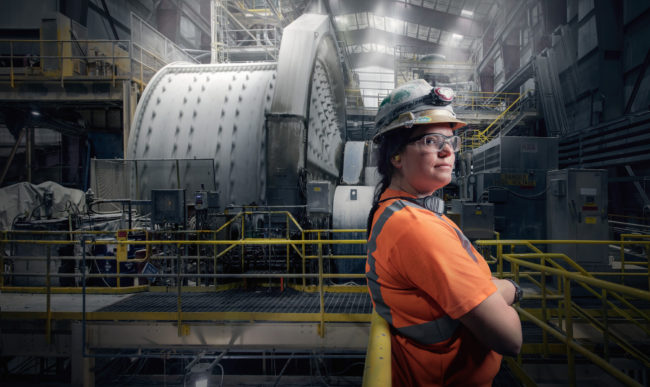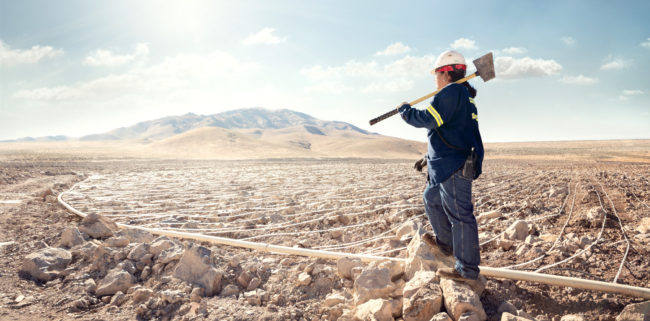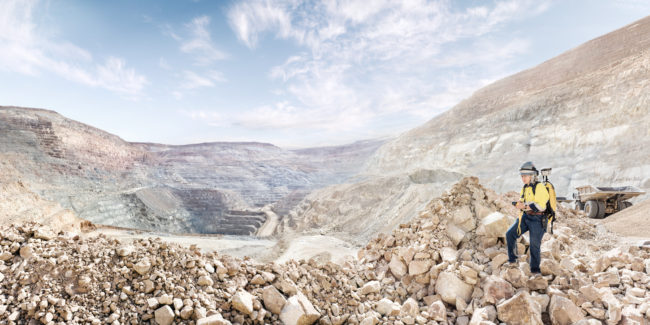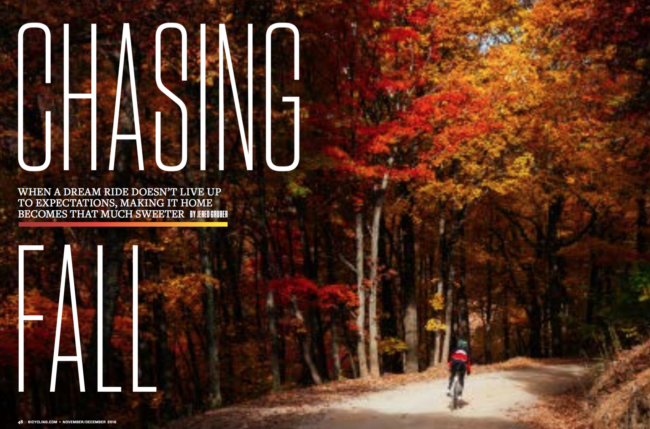



Bicycling Magazine
Heidi: How did you get started?
Jessie: I raced bikes in the US for some years and even managed to race professionally for two seasons. I met my wife, Ashley, as she walked home from school one day in 2008. I was riding with a couple of friends, she was on foot, crossing the street – we exchanged hellos, then continued on in our separate directions. I got about a hundred yards down the road, had this feeling that I really needed to turn around, and I did. I made a quick u-turn and rode back up to her and started chatting. She immediately tried to put me off by saying she was heading to China to study in the coming months, then moving directly to Austria to study abroad for a year.
Austria was the magic word. My family is from Austria, I’ve spent a lot of time there, I studied German all my life – it was the worst thing she could have said to get rid of me. We started chatting about that one thing we had in common, which led to a phone number, which led to an evening talking over tea, which led to my entire world changing in one day. I moved with her to Austria later that summer and left bike racing behind. It was in Austria, during that time where I was decidedly in between work, that I picked up a camera for the first time. I bought a 400 dollar Nikon D40 that Christmas, then started riding my bike with it and taking pictures.
I posted shots on Facebook, wrote some articles for a site called PezCyclingNews, and people started to notice. A Facebook friend eventually put us in touch with the editors at Road Magazine, and that’s when things started rolling. We got married in September 2010, and instead of physical gifts, we asked for money. We took that money and bought two tickets to Europe, a 1500 euro red Volkswagen wagon, and spent the final months of the year in search of stories and pictures. That went well enough, so we came back the next year – 2011 – in March. We stayed until November.
How much riding do you do on your own?
In general, I ride around 10-12,000 miles per year. I try to ride as much as I can. I’m a complete addict. I don’t feel good if I’m not riding my bike, which is why shooting a Grand Tour in cycling is such a conundrum. We got into taking pictures of bikes as a natural kind of thing: I love riding bikes, and I love taking pictures of what I see on a bike ride. At a race like the Tour de France though, it’s purely business, and I understand that, and I’m ok with it, but in those low moments when I’d rather be anywhere but the Tour, I can’t help but think that something got twisted up when I’m shooting people riding bikes, but I can’t ride a bike. I work 16-18 hours a day during the Tour, eat generally crappy food, and pretty much live on an IV drip of caffeine – while shooting some of the most bad ass endurance athletes in the world. It’s hard.
How much is riding a component of our job?
We have two very different components of our jobs. There’s the first part: shooting professional bike races, and then there’s the second part: catalog and editorial shooting. When it comes to shooting races, it doesn’t play too big of a direct role, but it plays a vital part in gaining a better understanding of the roads and the landscapes where we work. I know a lot of roads in Europe, because I’ve ridden them. In the case of the Spring Classics in Belgium, France, and the Netherlands, I know the race routes very well, not only because we’ve shot them for a few years, but because I’ve spent just as much time riding my bike on them. I don’t think there’s a better way to learn about where to shoot a bike race than from my bike. We’ve also spent a lot of time riding in the big mountain chains of Europe: Pyrenees, Alps, Dolomites, etc. We recently finished a ride called the Cent Cols Challenge through the Pyrenees: 10 days, 2000k, 100 cols, 50,0000m of climbing. It was a monster undertaking, but now, when the Tour visits the Pyrenees, I feel confident in a basic understanding of what each climb will look like, and that’s something that makes me that little bit more at ease, that little bit more confident. It means a lot. Plus, again, I love riding bikes, and I like to do anything I can to make it sound like me riding my bike a LOT is good for taking pictures. haha.
For the other side of our shooting life, feature stories and catalog shoots, riding is absolutely essential. We do some shoots for companies where I’ll do the entire thing from my bike. I ride with a Nikon D810 and a 24-120, and we go out and ride bikes with some friends. When I have the chance to shoot from my bike, I will generally take it. I feel better and more in tune with the area and what I’m shooting from the bike, rather than out of the back of a car. It’s also pretty much my favorite thing ever. There’s a great line from a poem by Robert Frost that I always, always think about in a moment like this: “My object in living is to unite / My avocation and my vocation / As my two eyes make one in sight.” It’s in those moments when we’re using our friends as models, and we’re riding down some perfect road around sunset, that I can’t stop the feeling that we got really, really lucky, and I want to do whatever I can to be able to continue down this path, because I love it.
Are you shooting out of a car or on the side of the road?
For the Spring Classics, we’re often on motorbikes, but not in the way you probably think of. It’s extremely rare that we get the chance to shoot a race as an in-race moto – meaning – we can take a picture in a certain spot, and then pass the peloton on the same road they’re on. Basically, an in-race moto gets full access. That’s really tough to get, and for the most part, we don’t even try. So, we’re left chasing races outside of the race route itself, which involves finding a spot on the side of the road, then going off-course, and then coming back to the race route to either get in front of the race, or shoot along the roadside right there. It’s a wild experience, which involves a lot of planning and a lot of stress, but I kind of love it. It’s like a giant puzzle that gets easier the better you know the roads and the more experience we acquire.
For a race like the Tour of Flanders, Ashley will be on a motorbike with a bike riding friend of ours, Michael. They have a to do list of spots to shoot. I ride a small scooter with a max speed of 30mph. It’s almost just right for a race as tightly compacted as the route of the Tour of Flanders, but I’m always a little behind. It works though. It’s fun. I end up tucked behind the bars, trying to get as low as possible, trying to eke out another mile per hour in hopes of getting to the next spot in time.
At the Grand Tours like the Tour or Giro d’Italia, Ashley and I are mostly together in our car. When we get to the big mountains, we’ll often split up, so that we can cover two different locations. When we do that, one of us will take our car, and the other will go with a team car from one of the teams we work for: Dimension Data or Cannondale-Drapac. Having the opportunity to cover two different mountains, or a mountain and a finish line, which would otherwise be impossible – is pretty fantastic.
What are some of the unique challenges that we might not encounter in other niches?
Packing light is crucial, and I’m terrible at it. I have a perpetual fear that I won’t take the right lenses with me, so I overpack, and trudge around all day regretting the fact that I brought three too many lenses with me – just in case. Because, what could be worse than not having what I need? Right, carrying around what I don’t need.
On the back of the moto, we carry a pretty simple set-up: two camera bodies (Nikon D5 and D810) and three to five lenses (14-24, 24-70, some kind of long lens, a prime, and maybe something else). That’s ok, as long as we keep the 200 f2 out of the mix. Once that thing ends up in a bag, my day gets a little grumpier…until I get home and see what kind of prettiness it pulled off that day. I hate that lens in every way – until I see the pictures later.
When I shoot on my bike, I generally carry a D810 and 24-120 f4. The 24-120 isn’t the best lens in the world, but it’s more than capable, and gives me a good working range to take some different shots. I’m working on trying to find some solutions that would allow me to carry lenses ON my bike via bikepacking bags. I think there could be some cool possibilities there, which would further free me from cars.
Images from their site below
